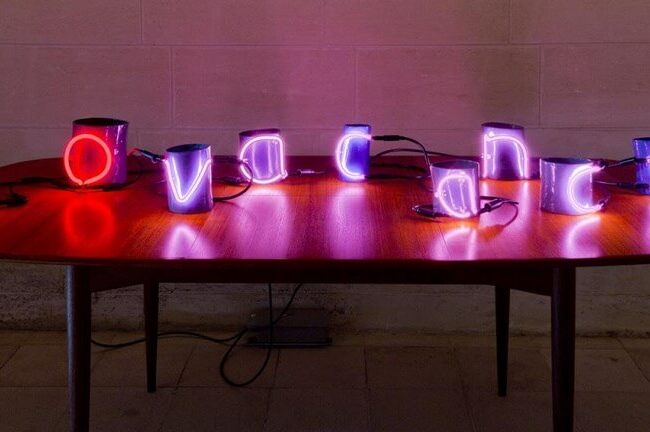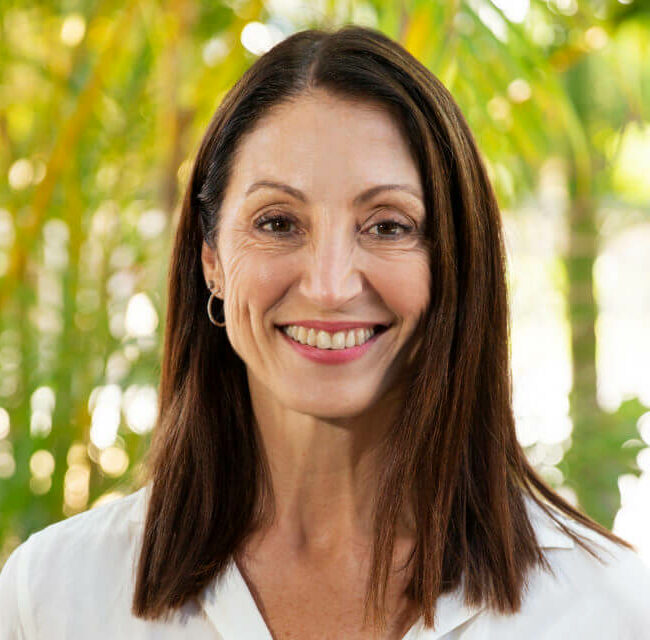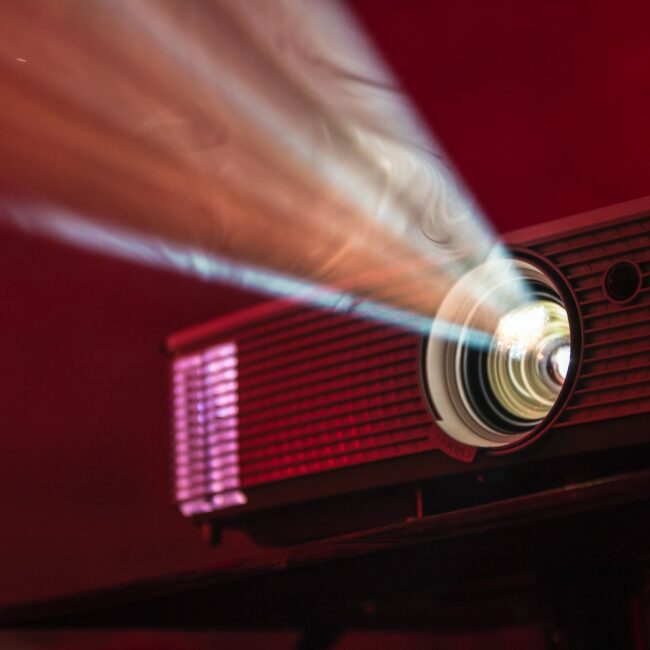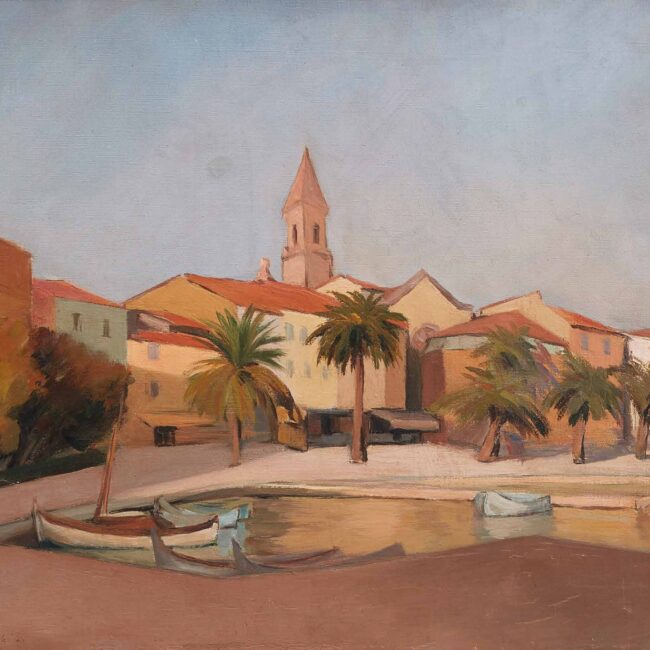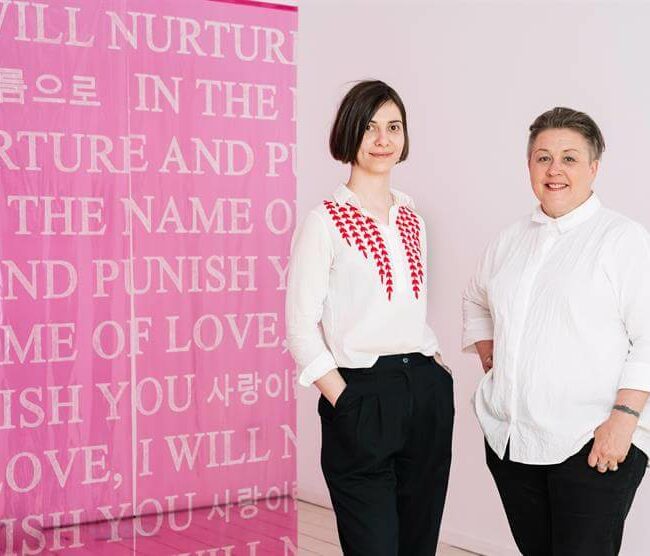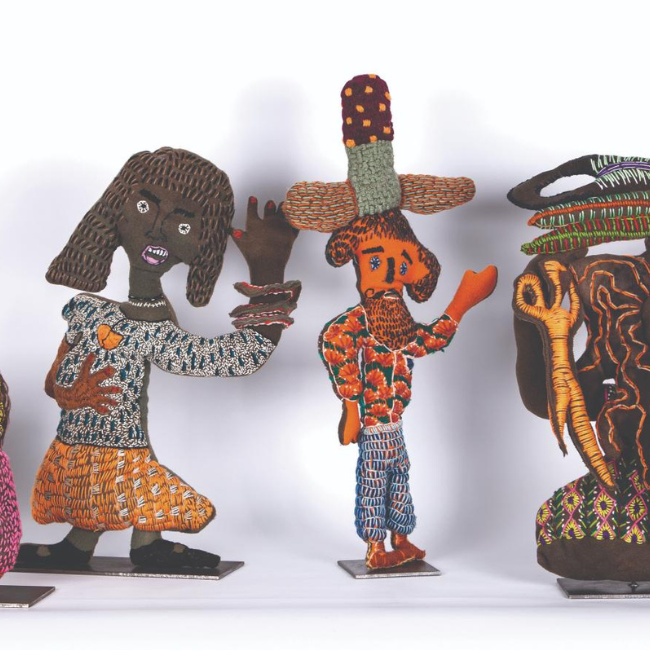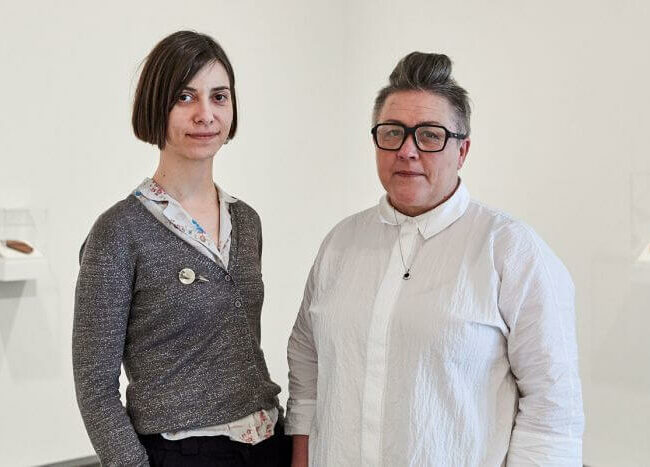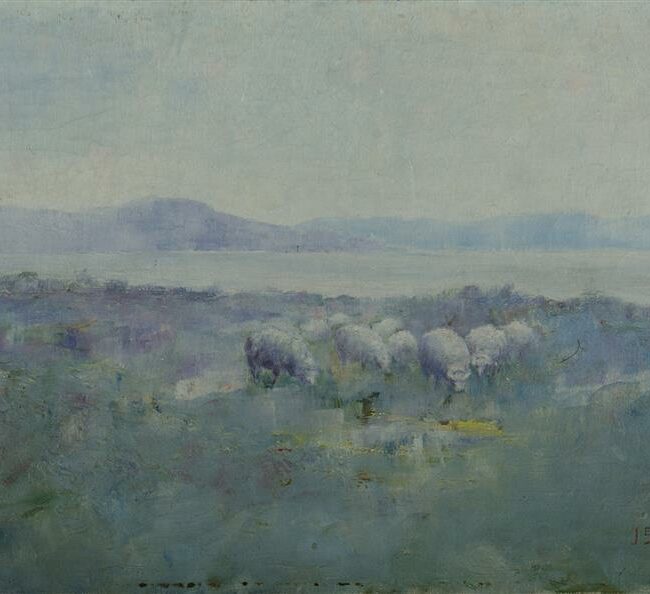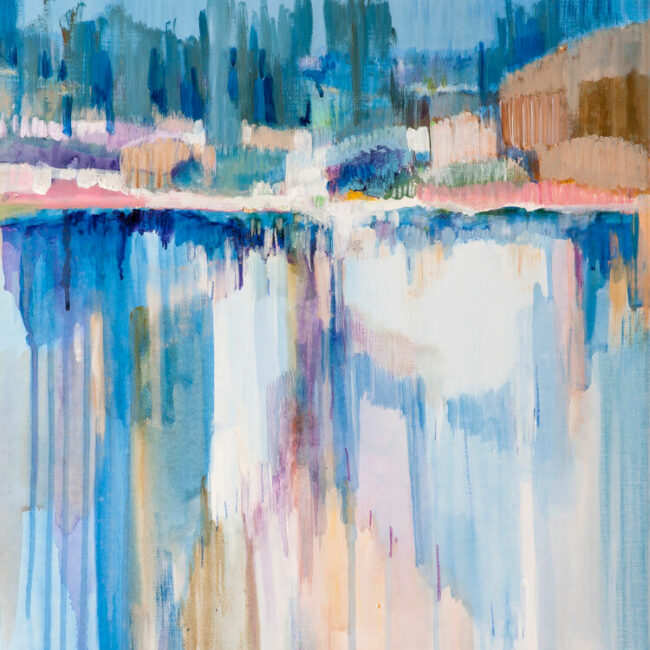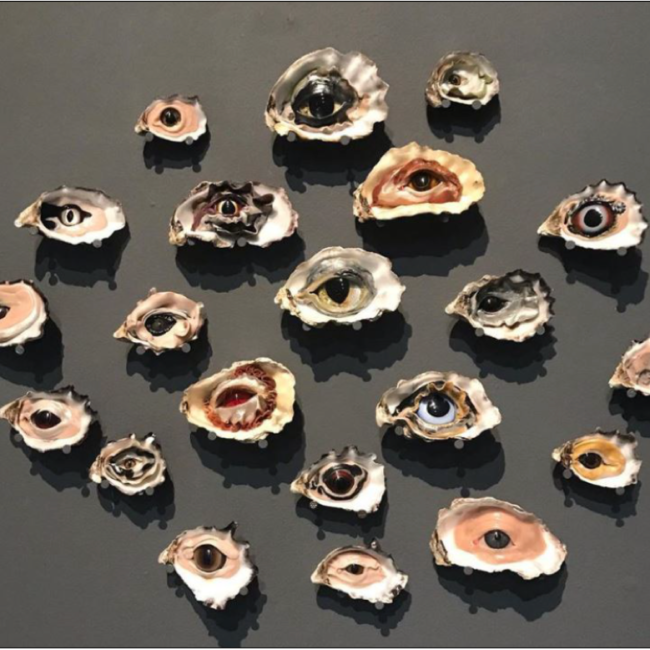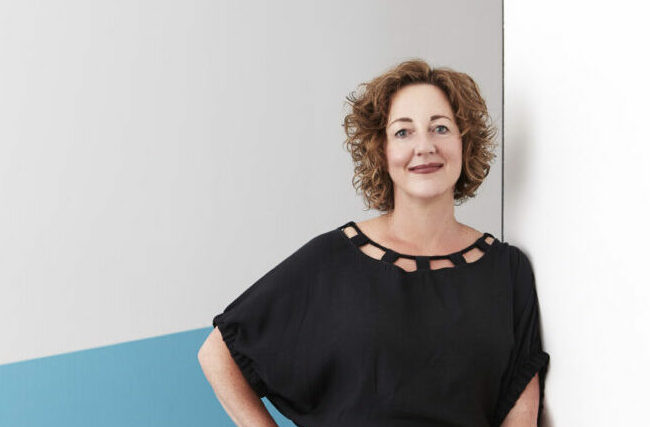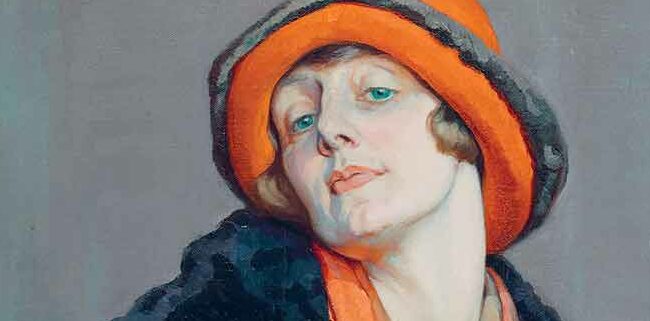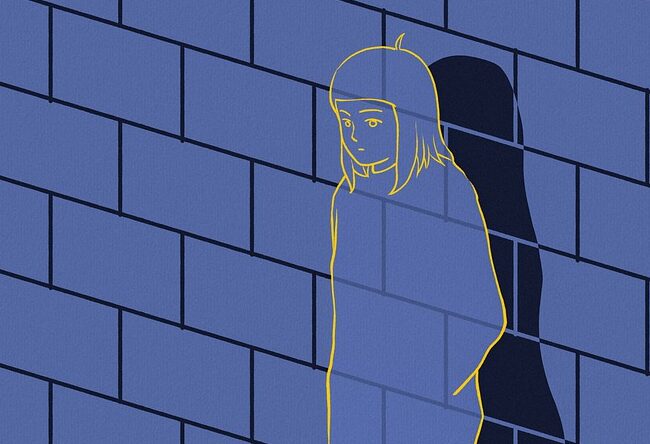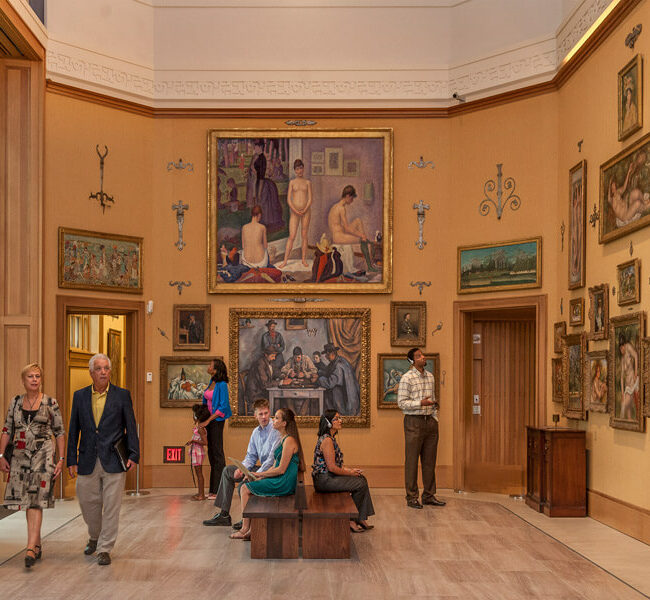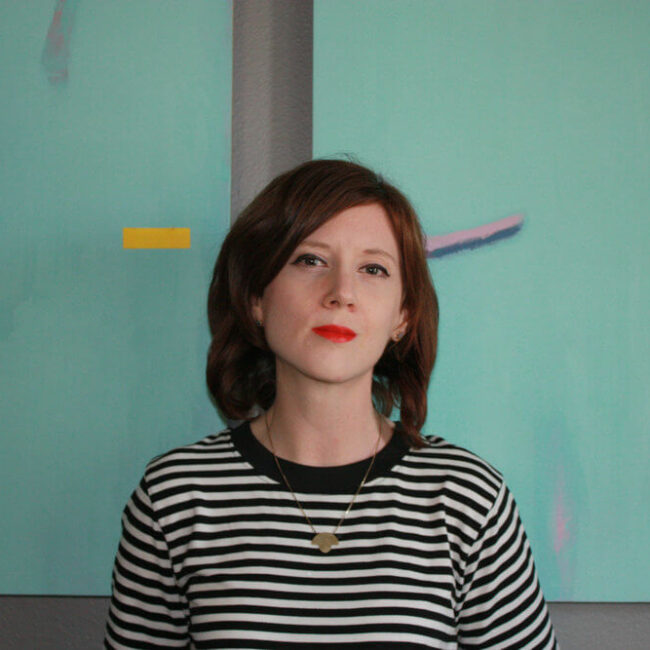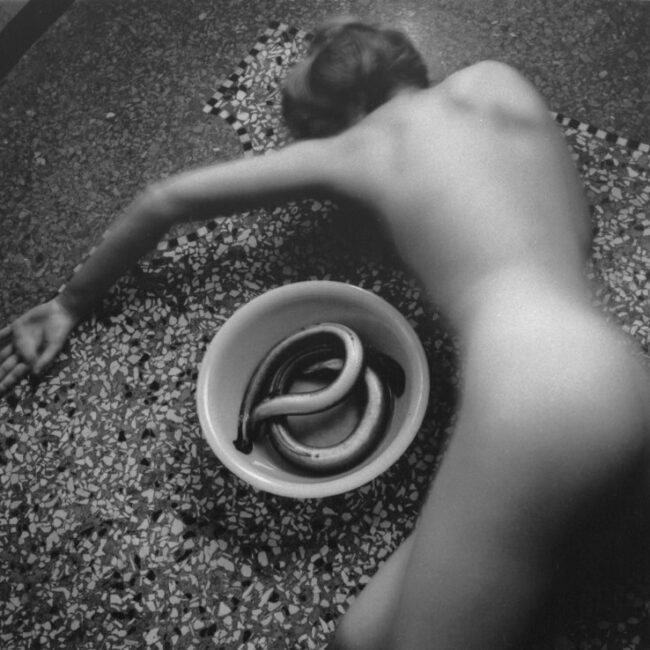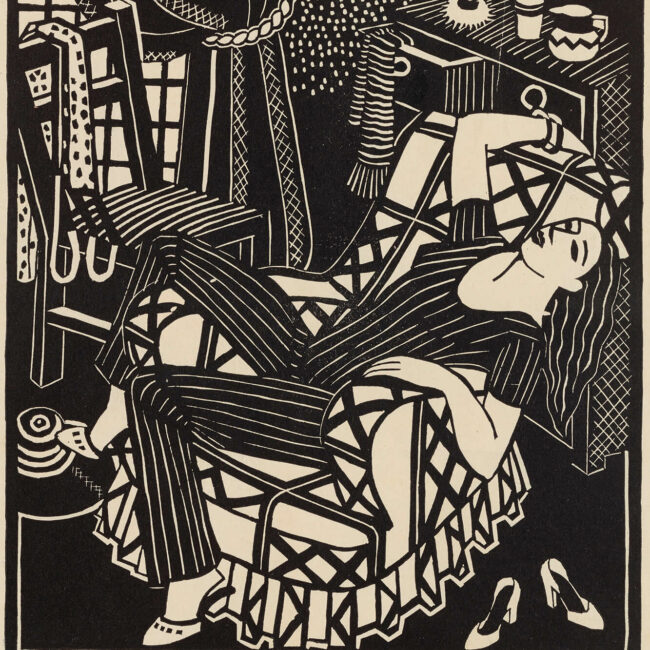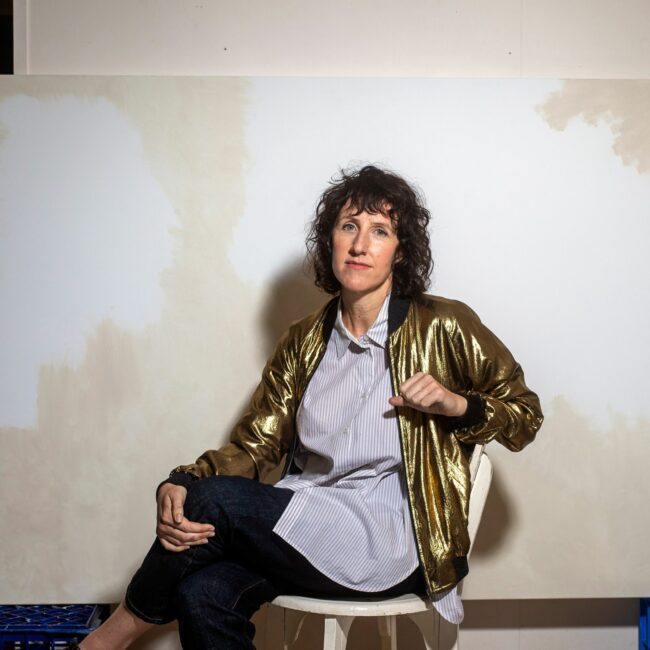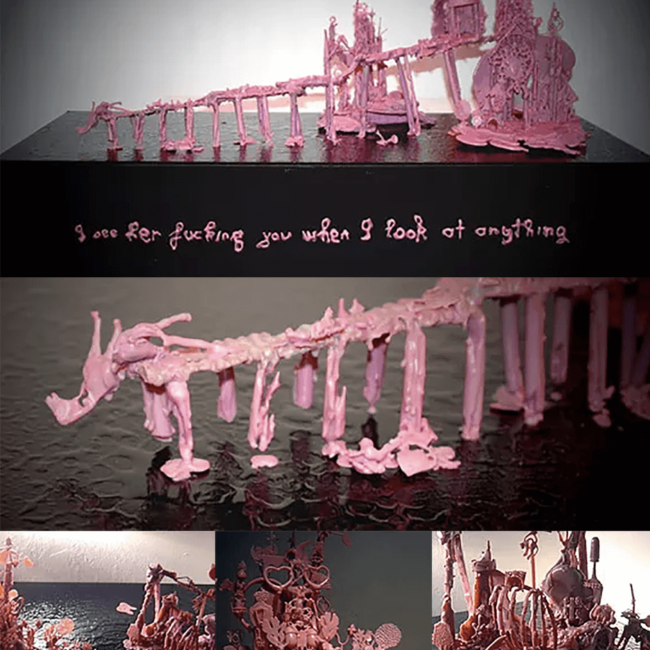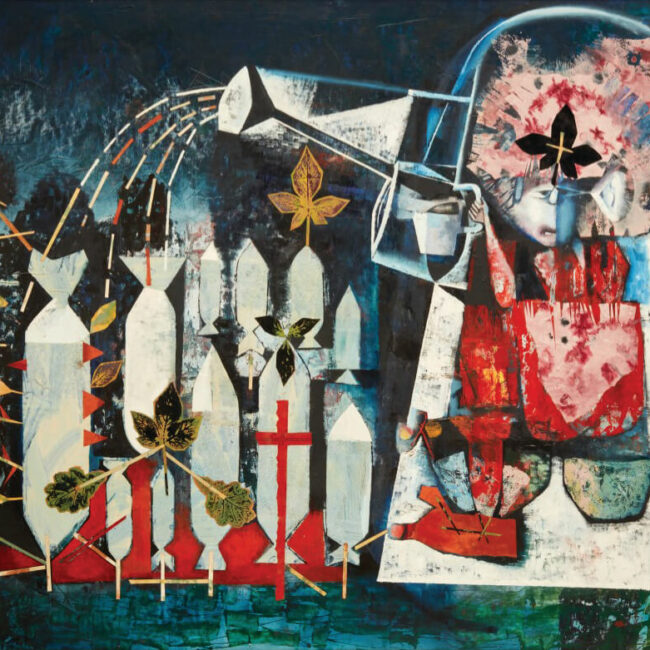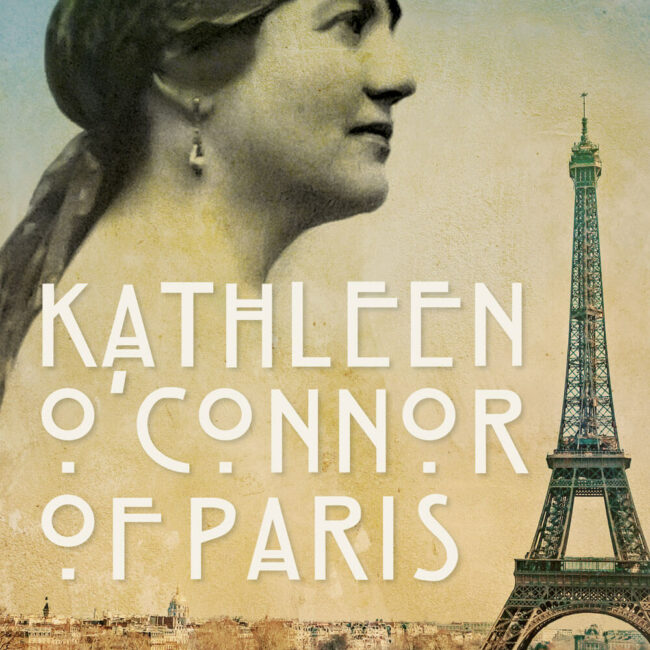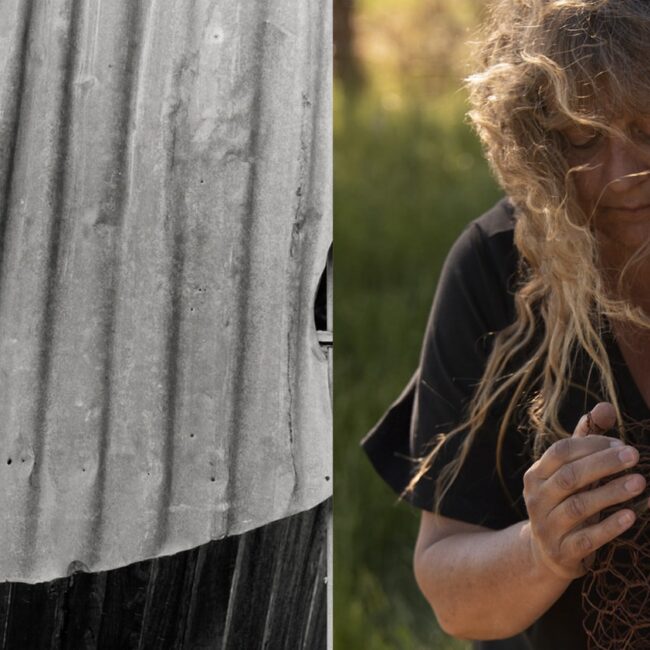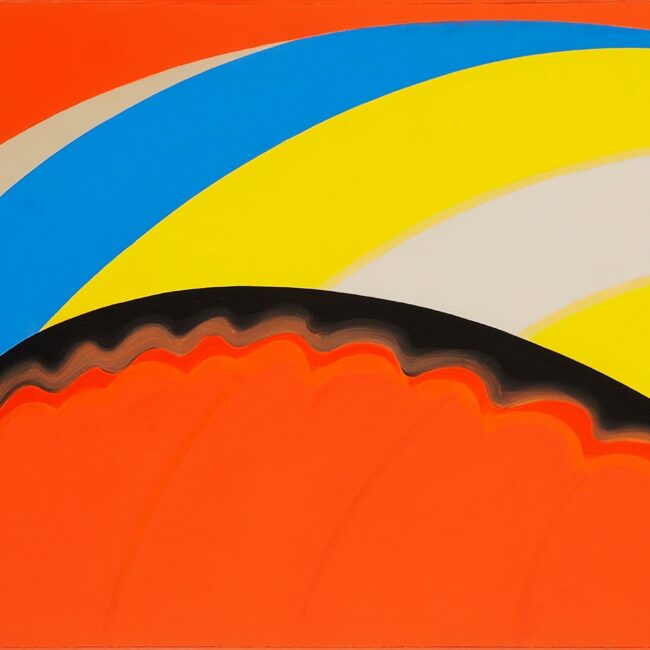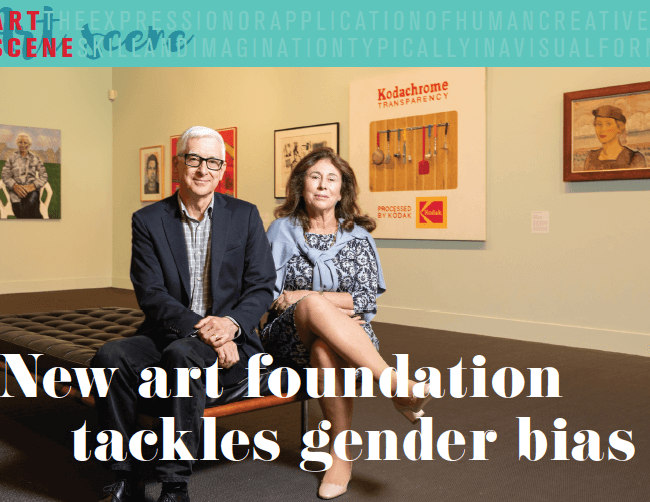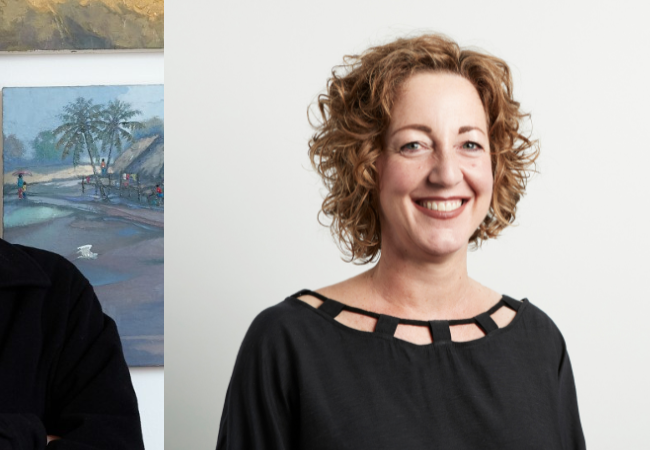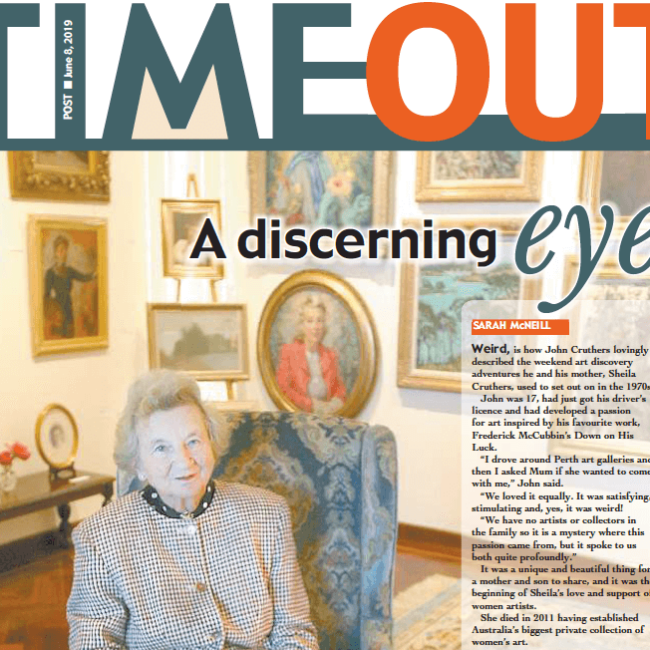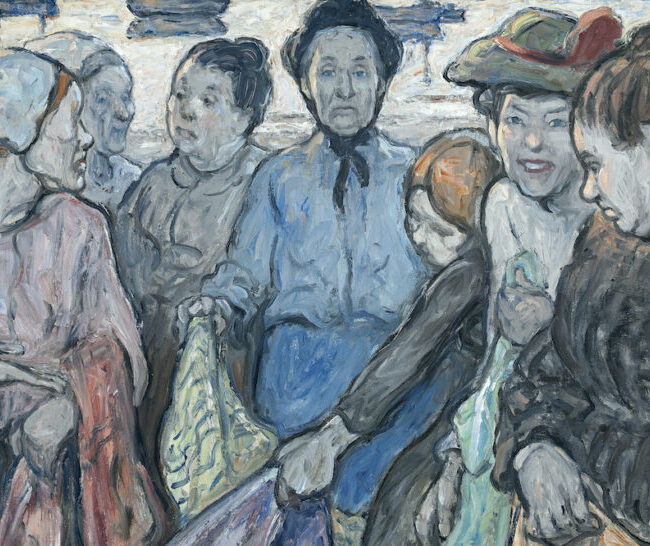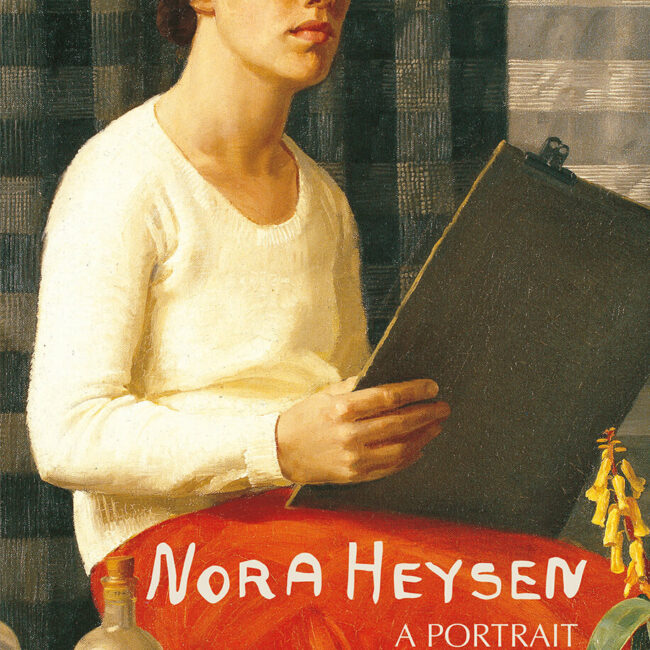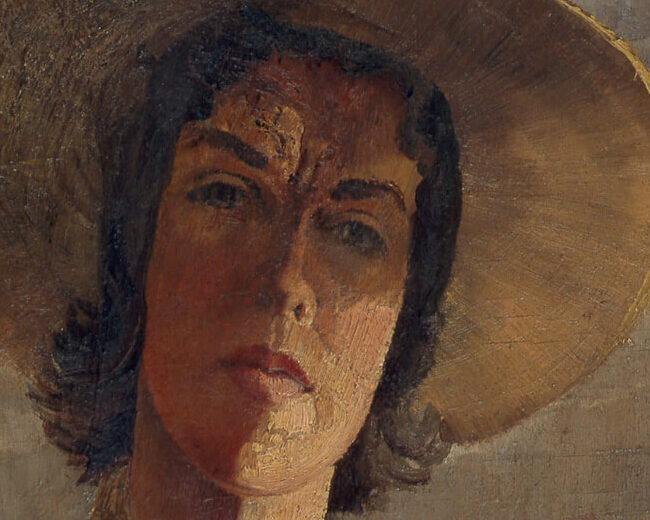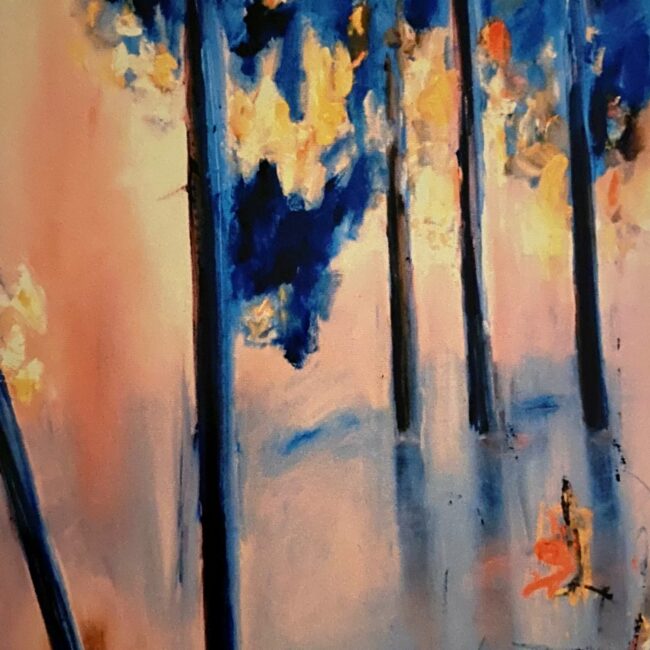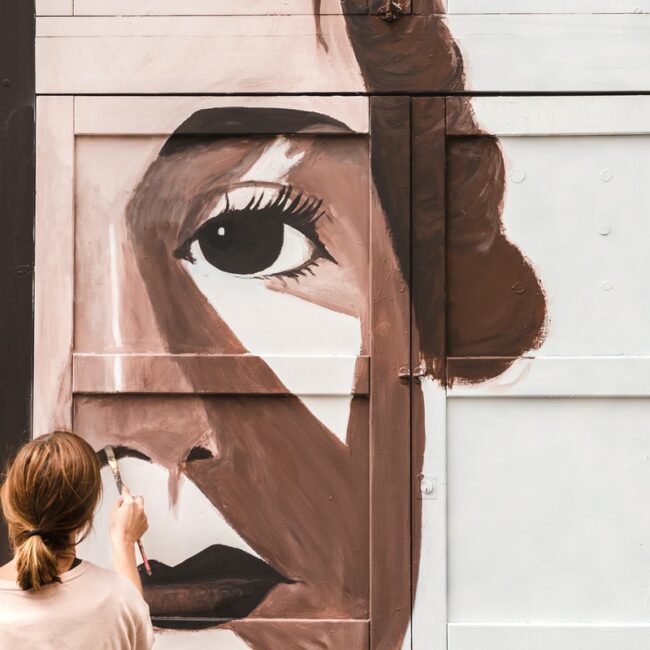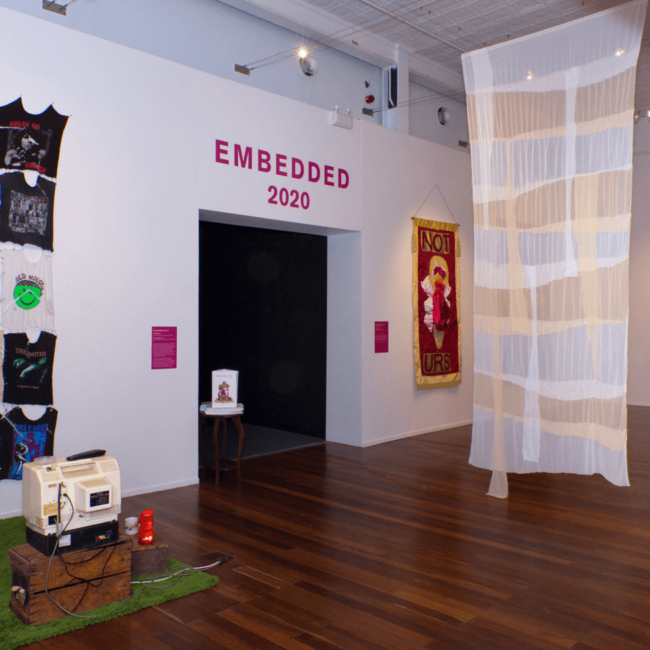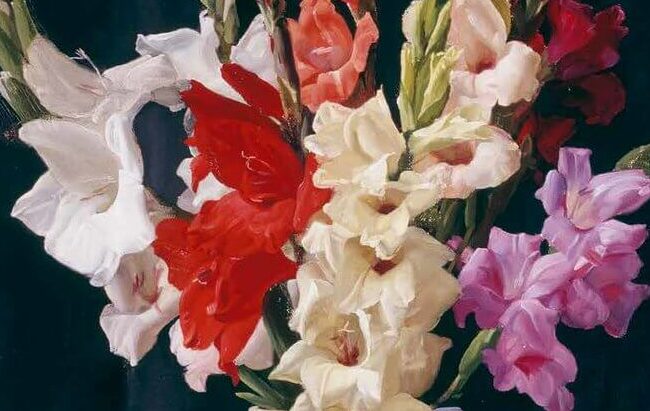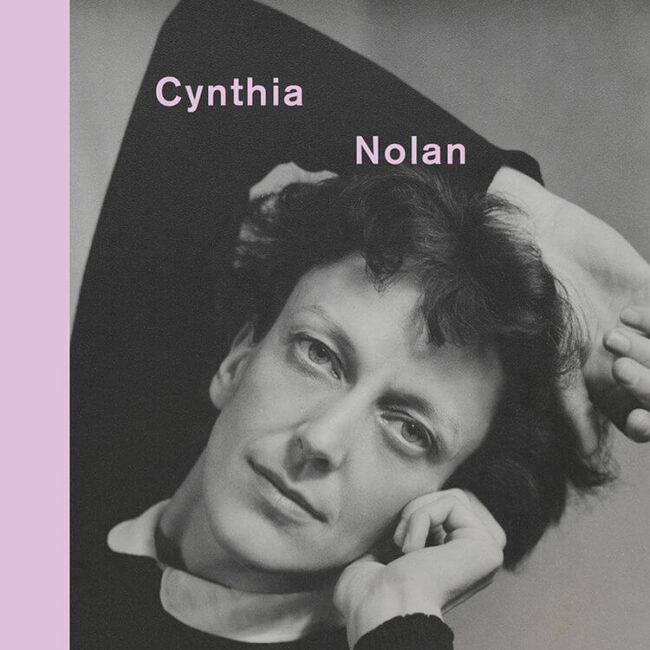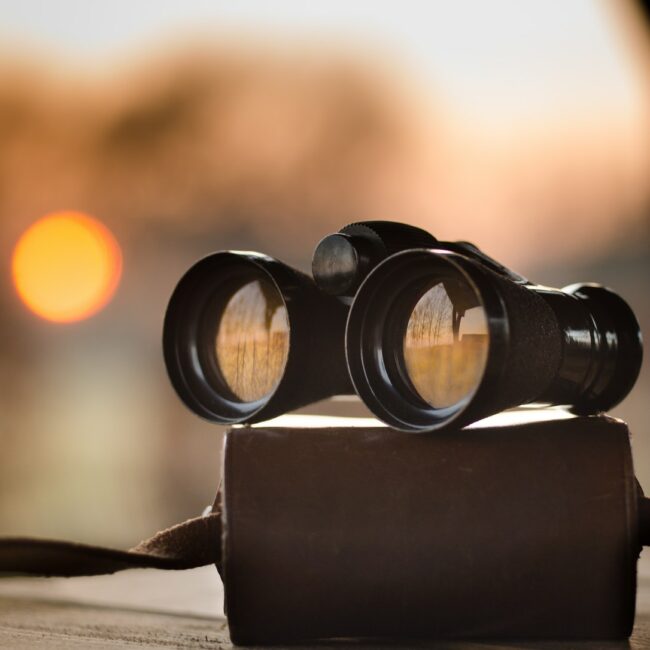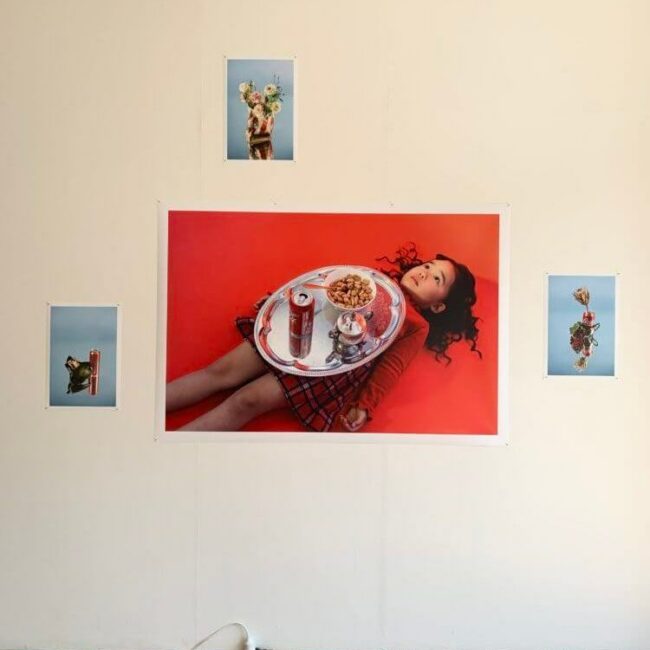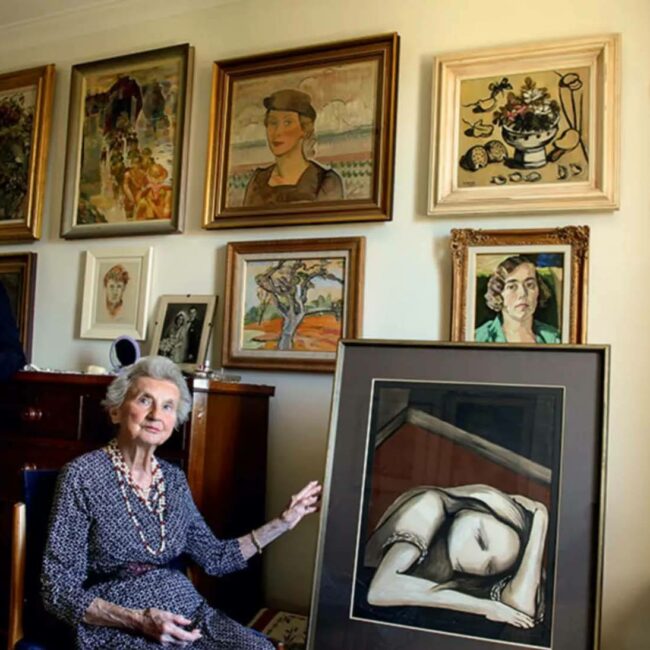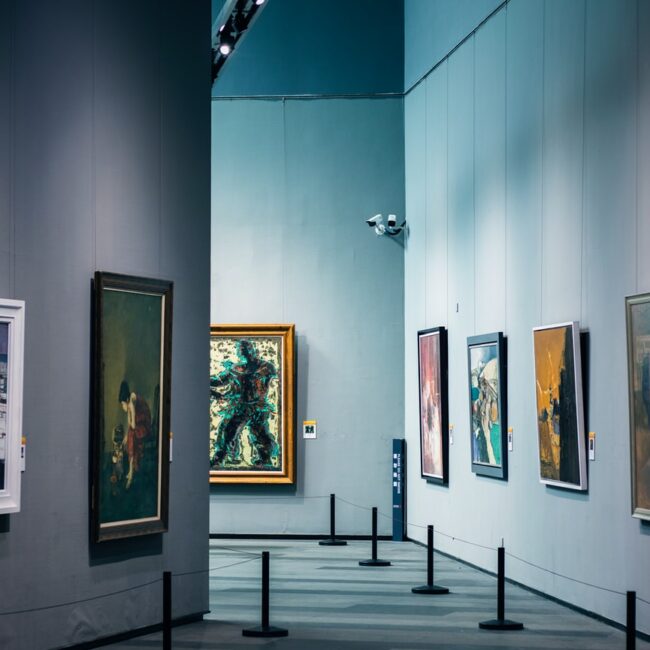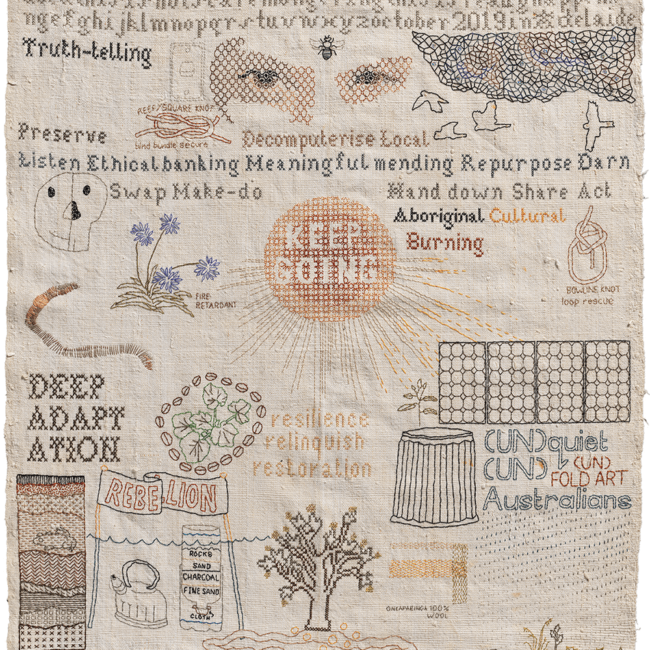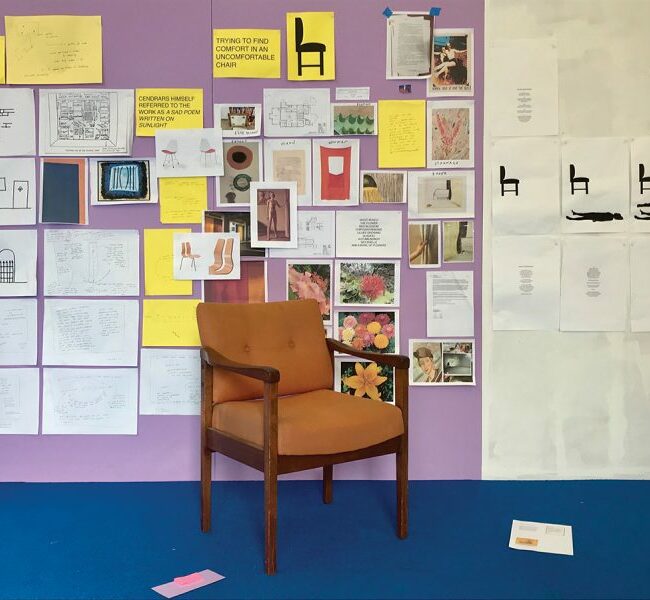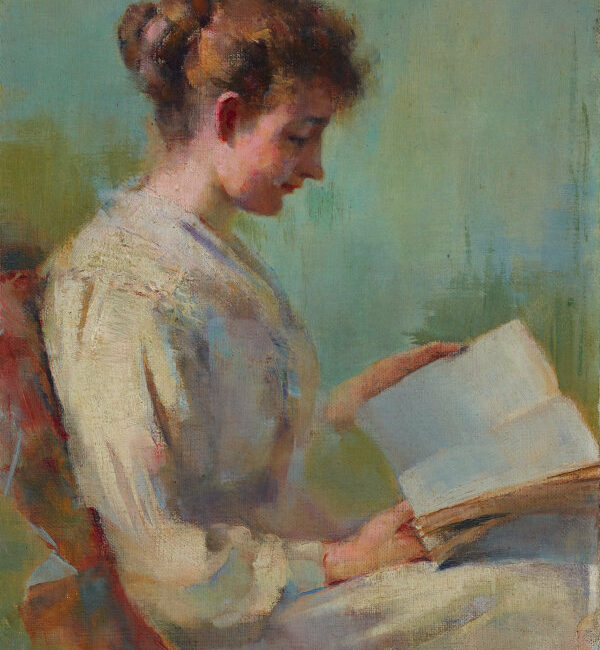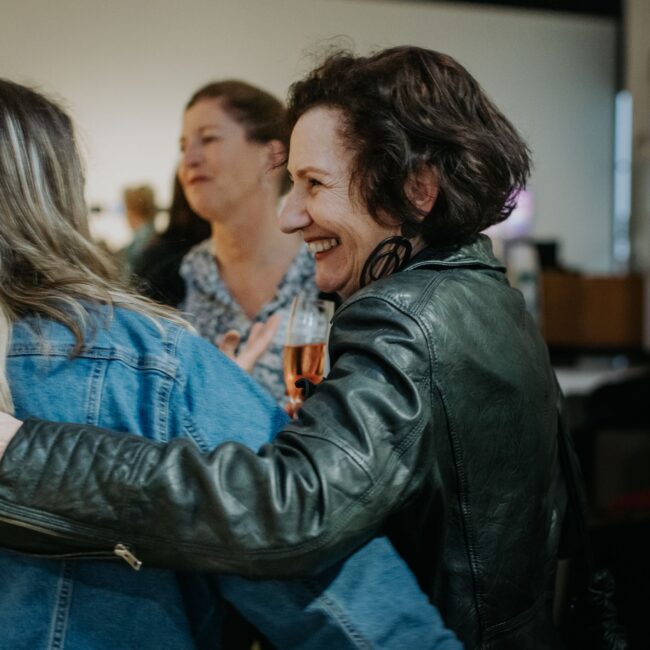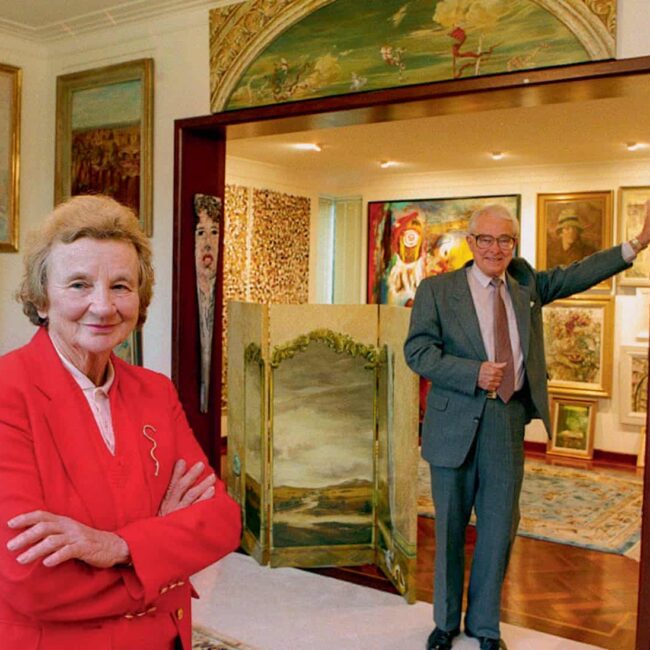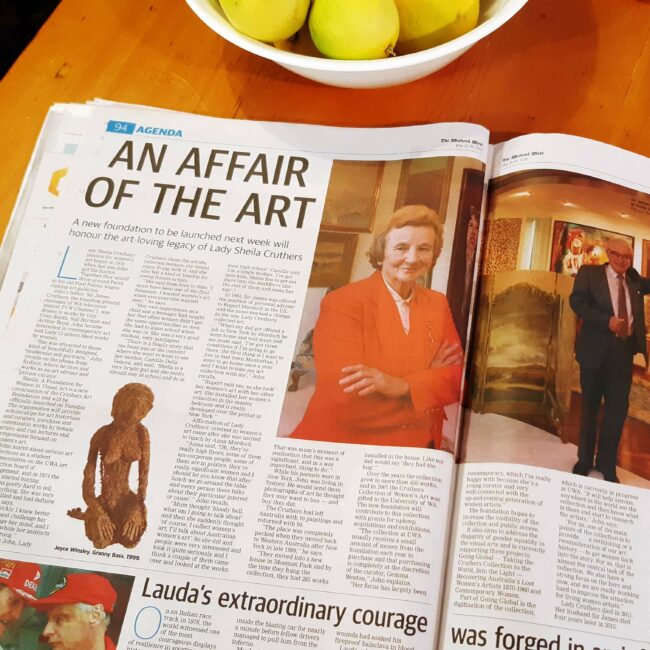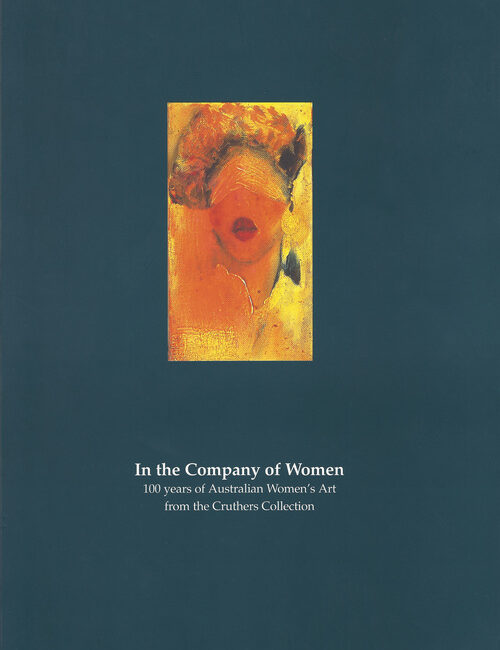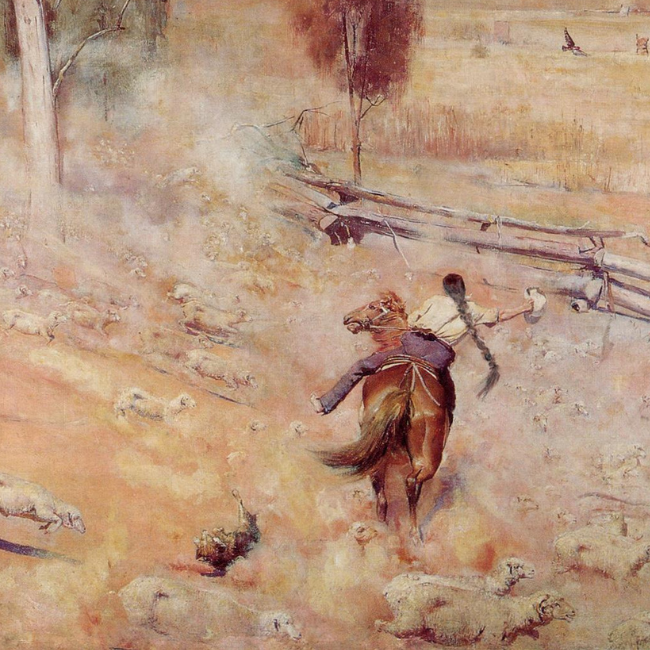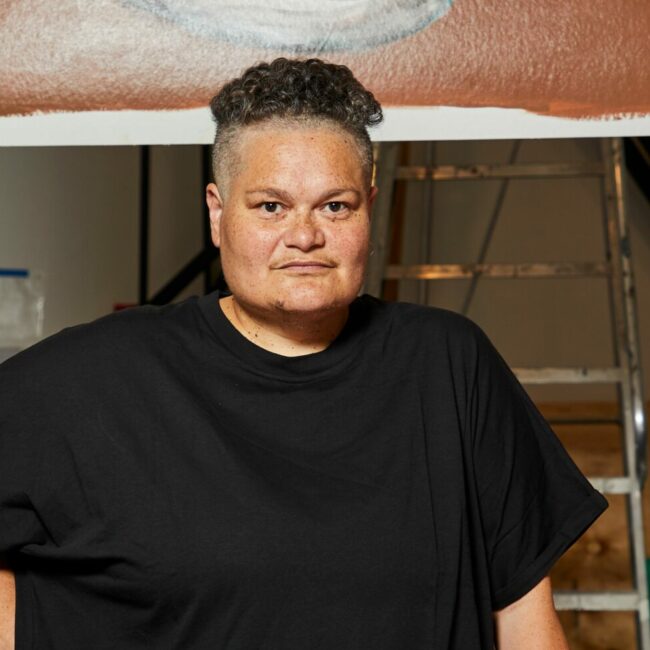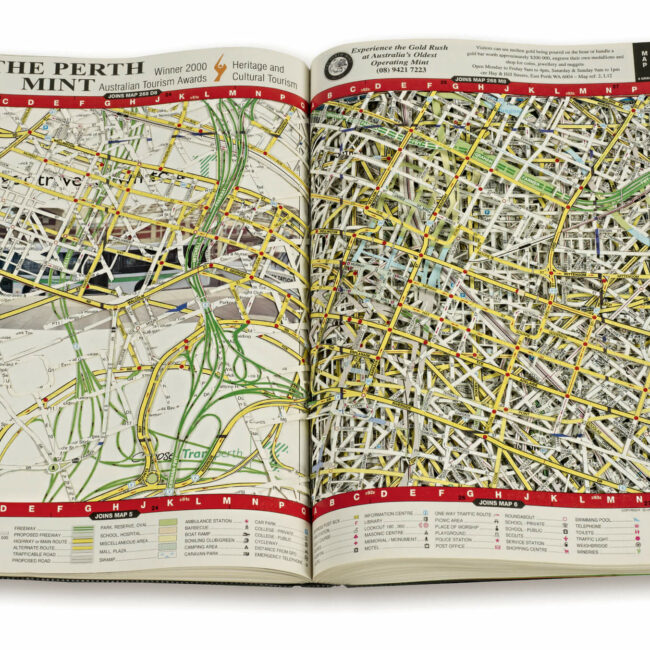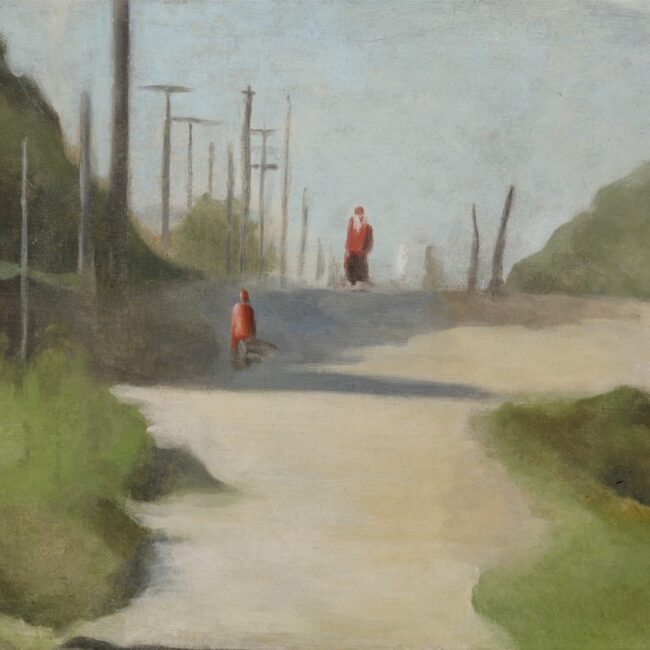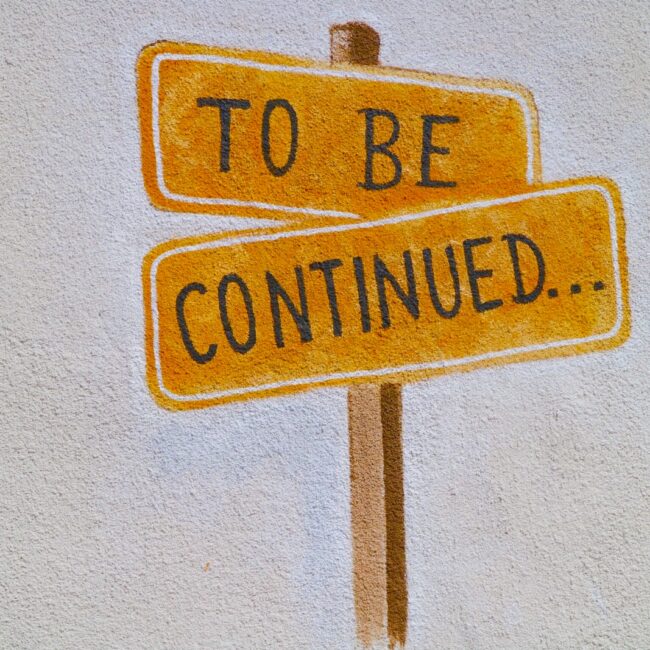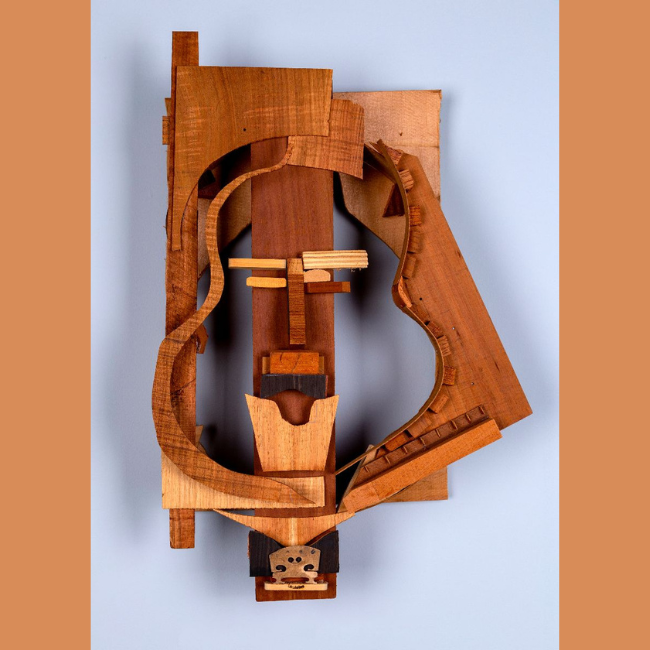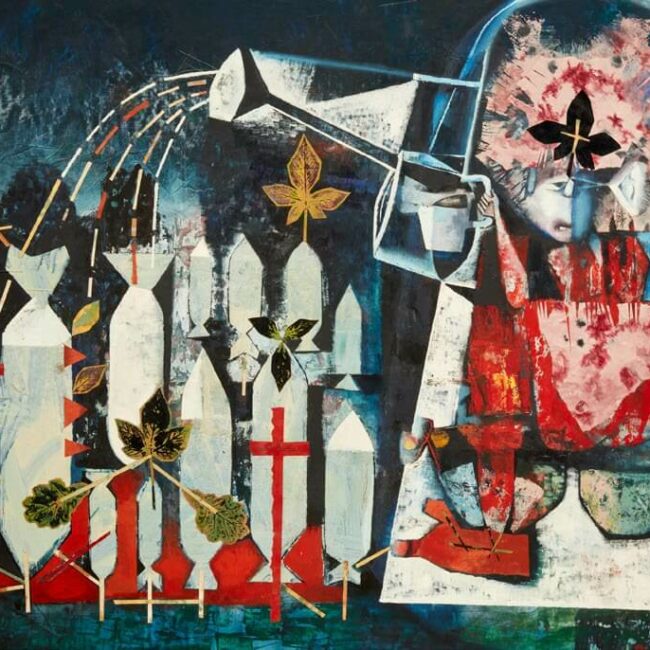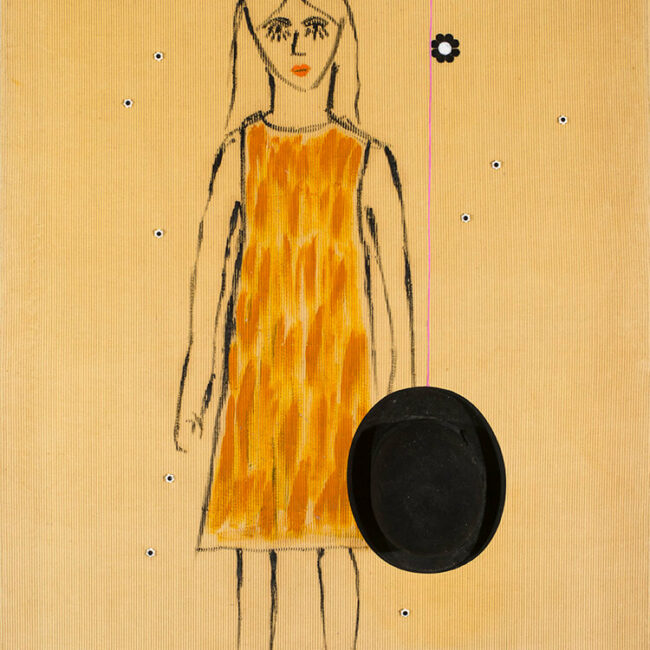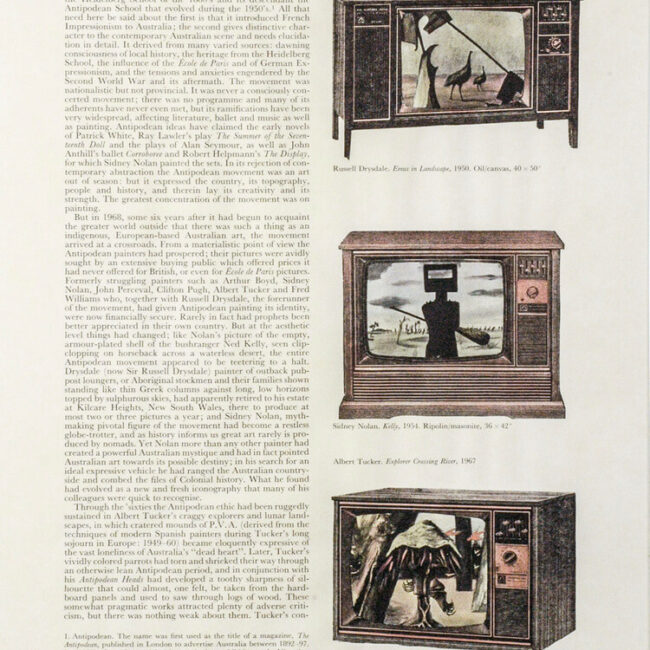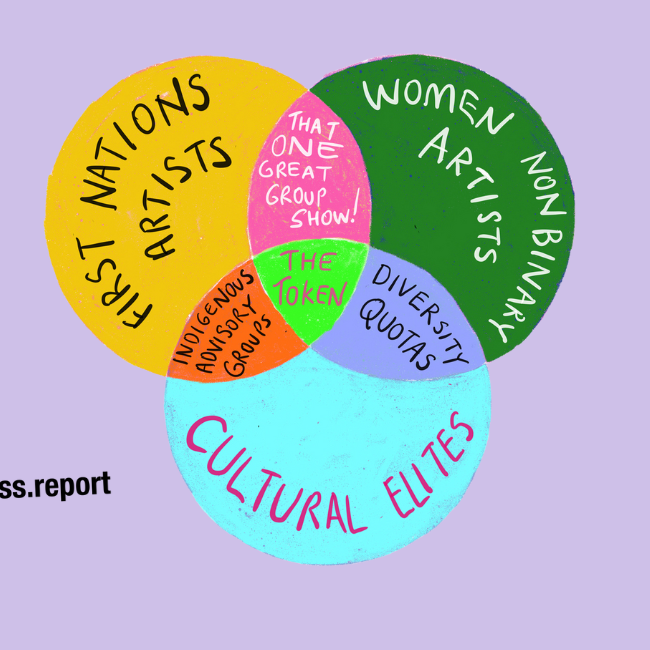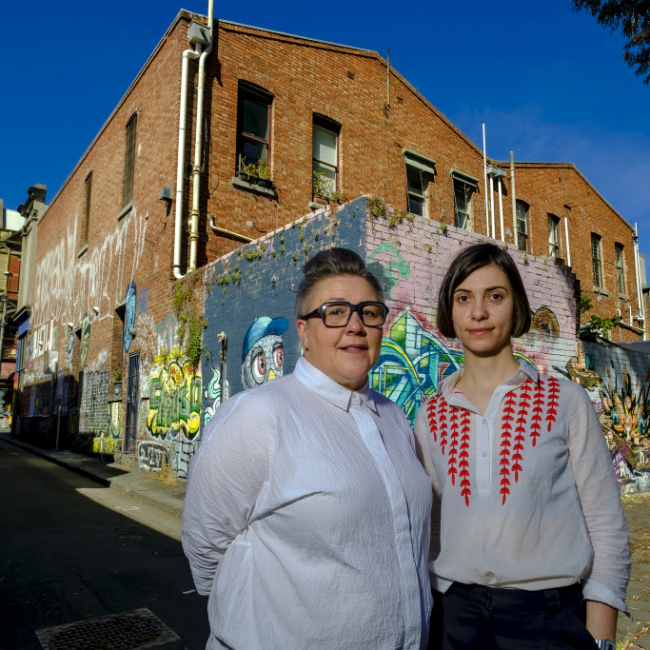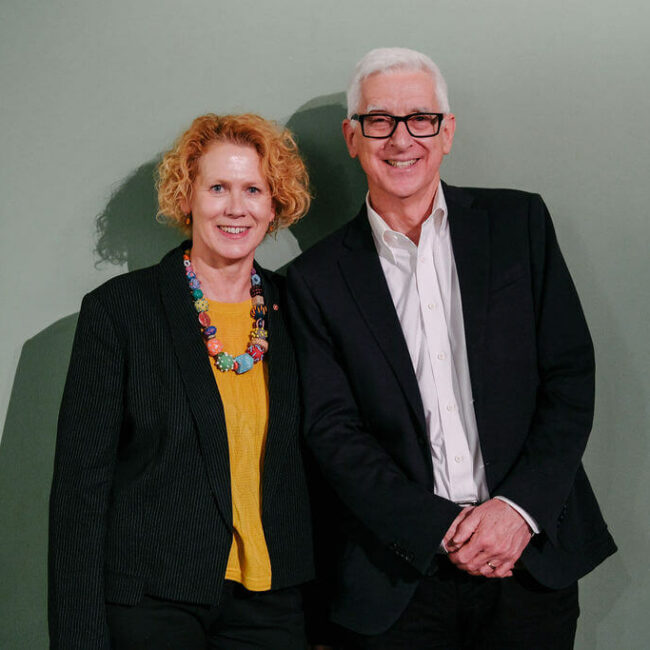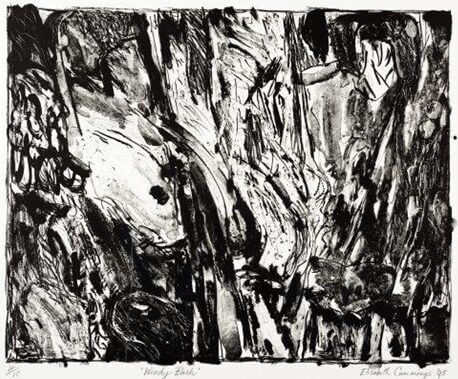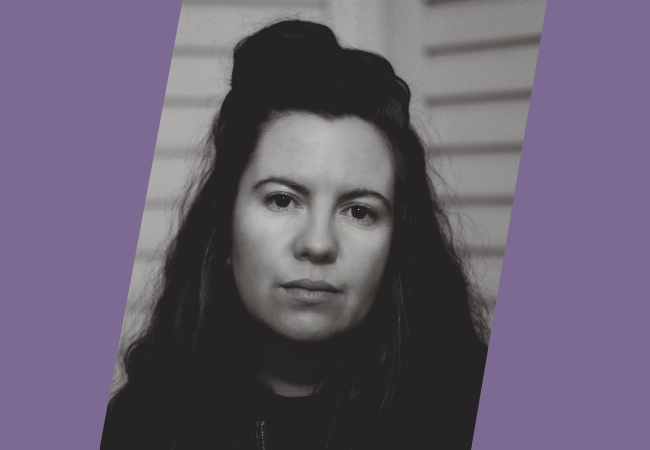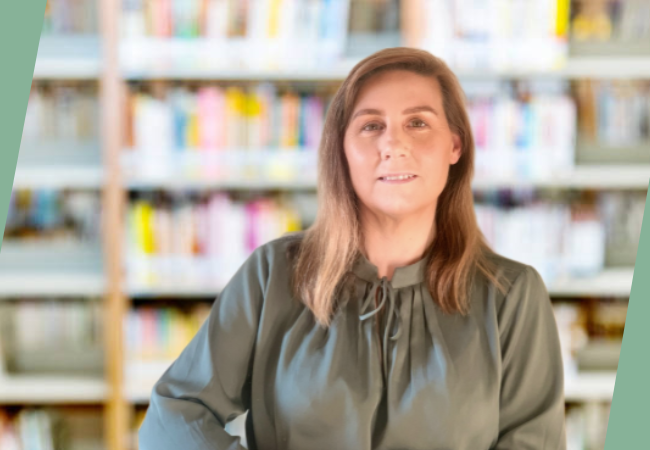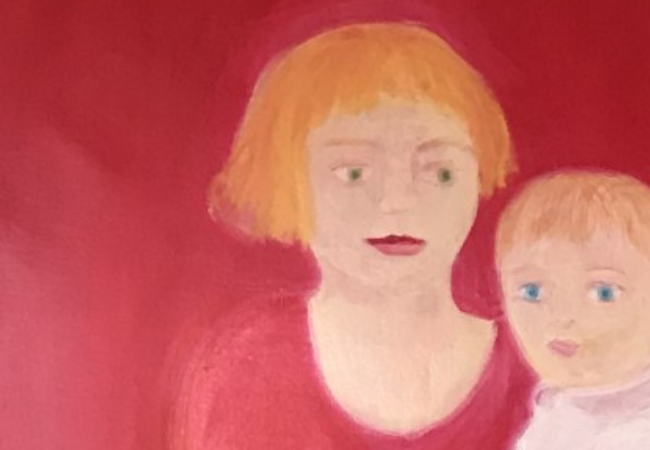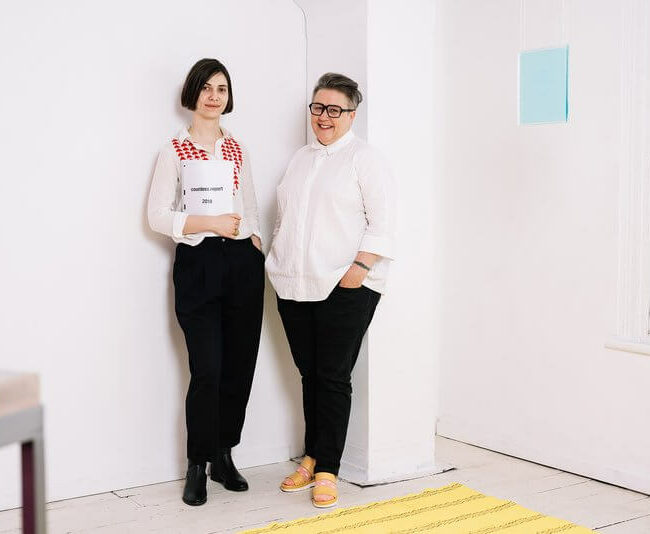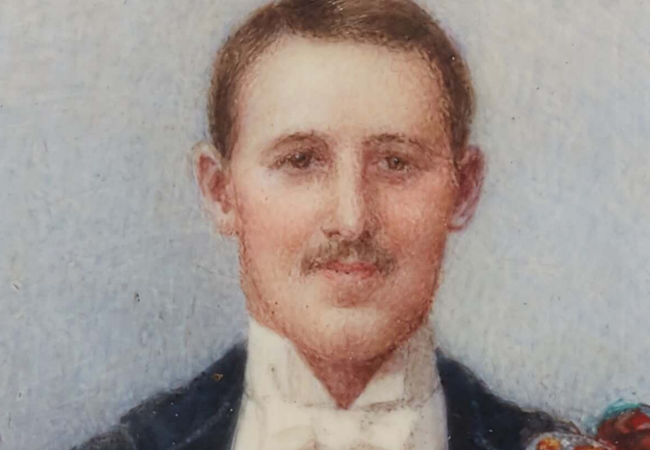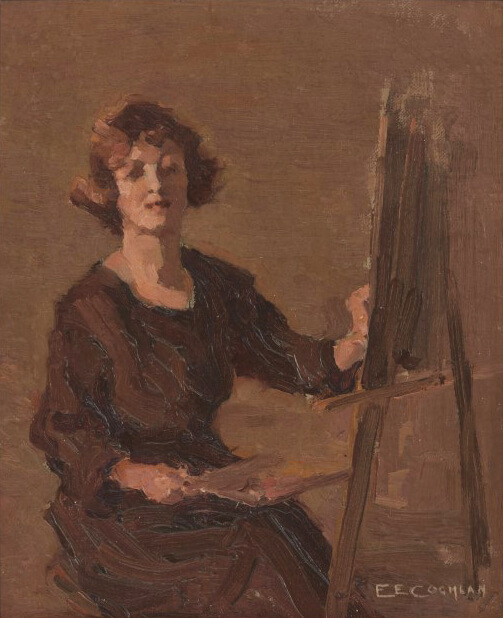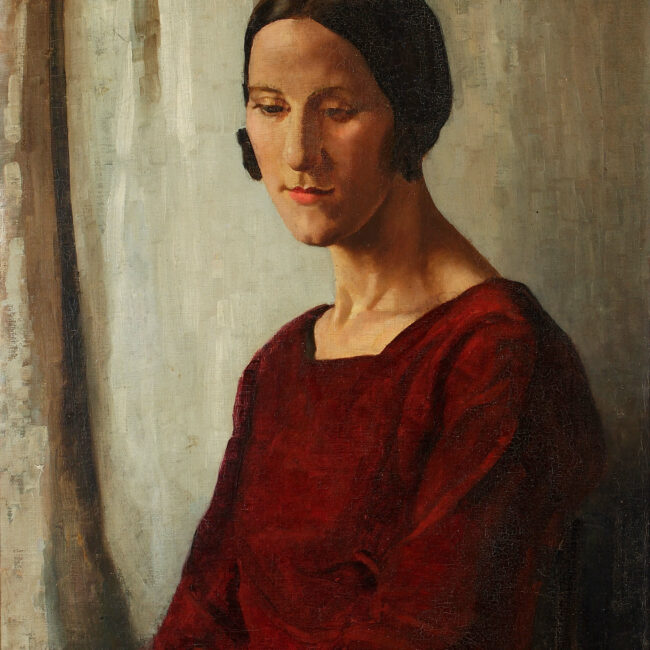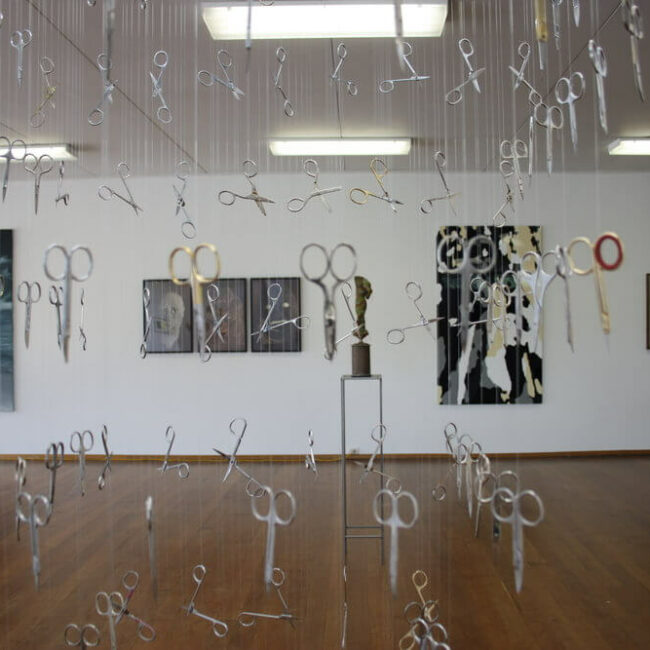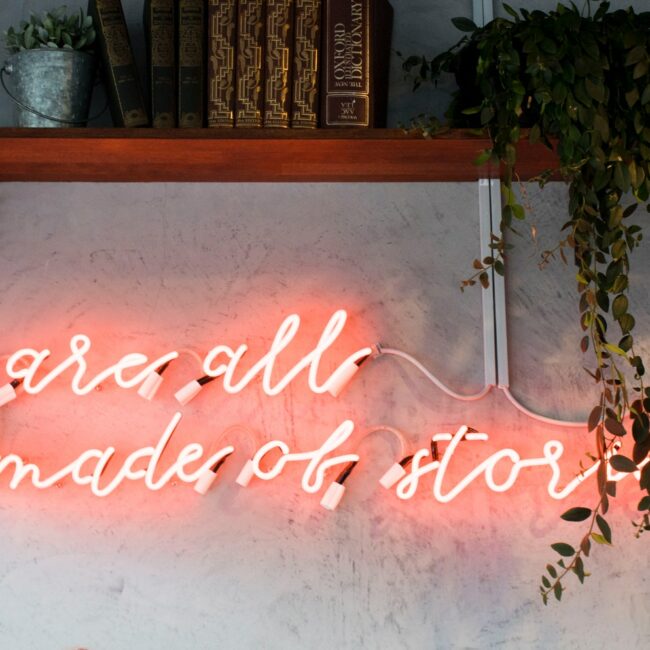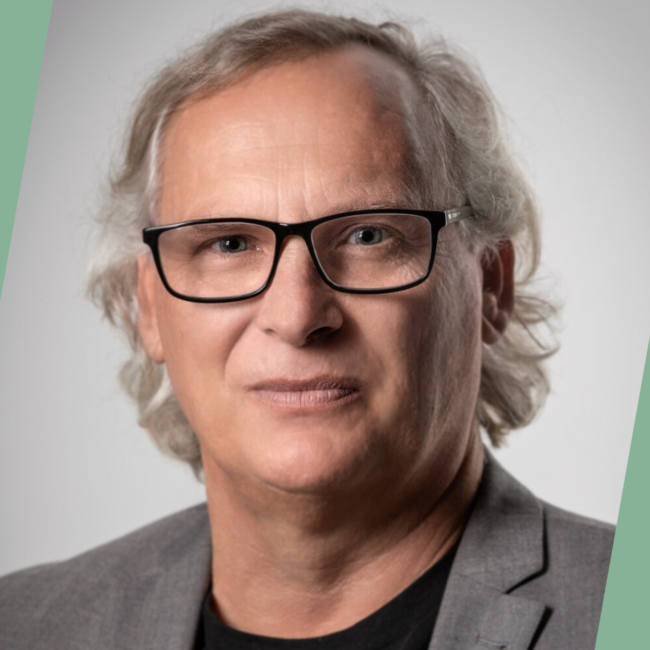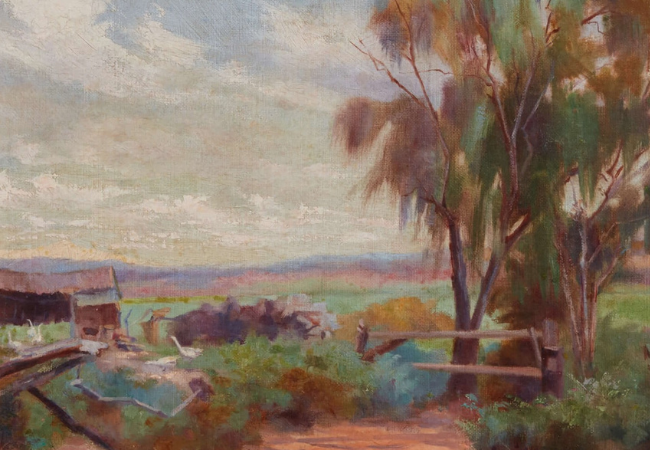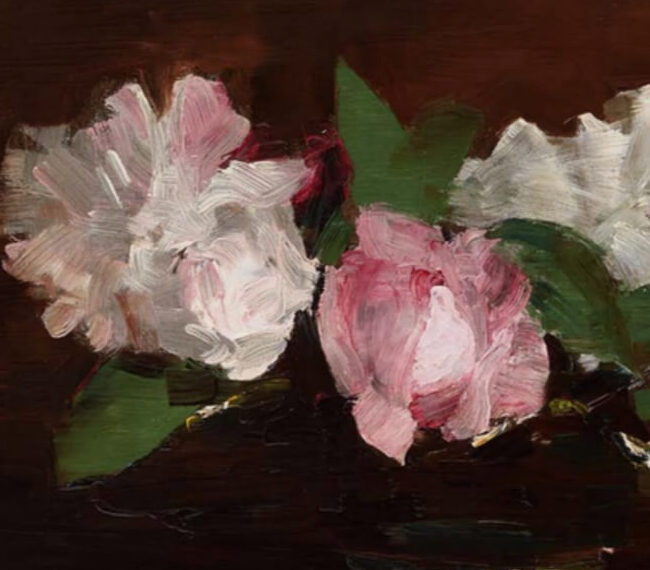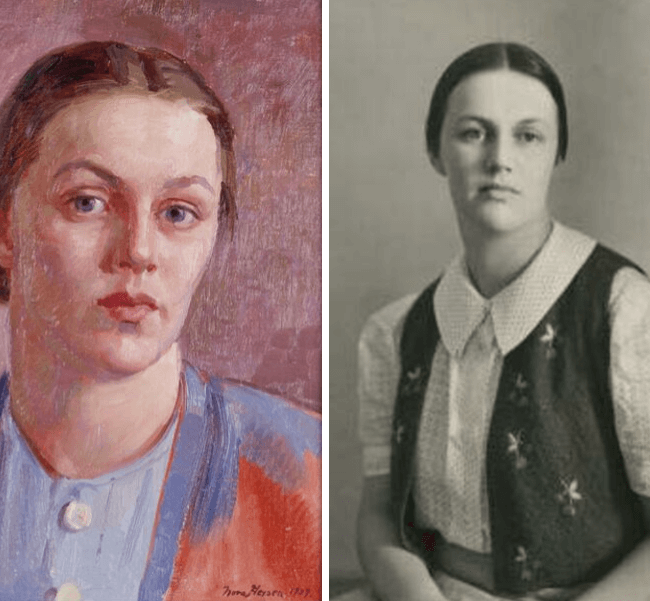A cautionary tale of selective memory and the West Australian women painters, Elizabeth Ford and Dorothy Newland, in focus. Written by Lynda Newland.
West Australian women who paint are not likely to be remembered after they die. No matter how talented, how much they exhibited during their lives, who bought their paintings, how many local awards they received, or how supported they are by local galleries, their work and their situation are too marginal to be acknowledged by almost all the institutions who hold, catalogue, and exhibit and thereby create and reinforce public memory. Because these women are painters in what is globally considered to be an out-of-the-way place, because they are women, and sometimes also because they painted rather than using trendier technologies in their art, they are not seen as a likely source of inspiration or even as truly career painters. Instead, they are more likely to be typed as derivative and old-fashioned, and as women who painted for a hobby to fill in the time rather than painting as a vocation. Entries about them on Wikipedia are subject to deletion and art critics are not likely to research their stories unless there is a point to be made about their novelty in what is otherwise truly His-Story. My mother, Dorothy Newland, is one such unacknowledged West Australian woman painter and her teacher and mentor, Elizabeth Ford, who focused her life on painting, is another.
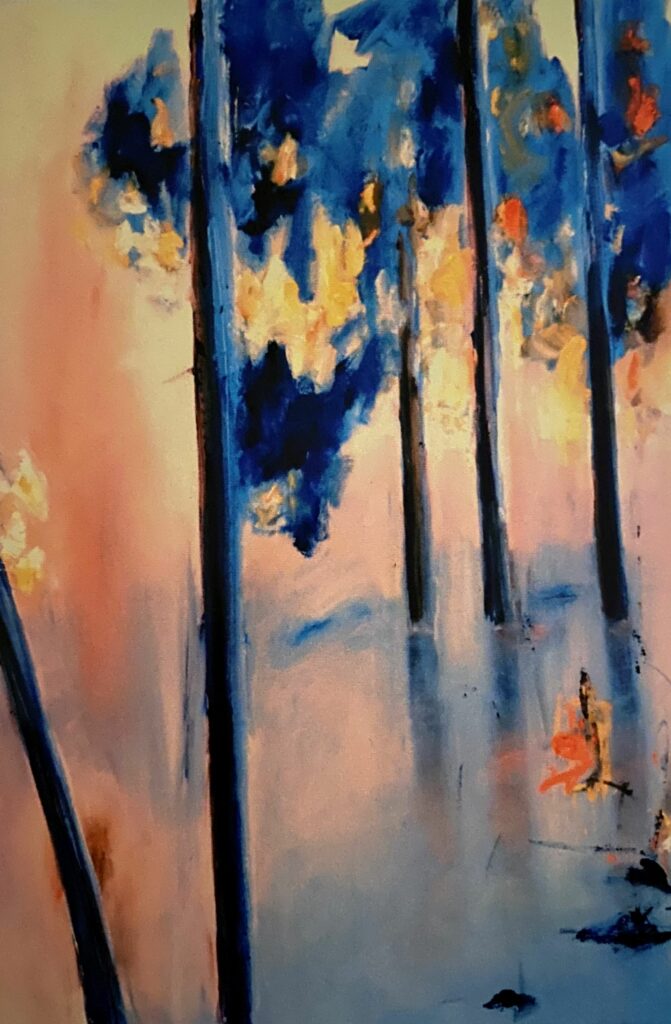
Dorothy Newland, Morning Karris 1980, oil on canvas.
My mother understood the fragility of public memory. In 1992, she sent me a book which satirised the fame of the masters by mythologising a (fictional) all-knowledgeable master philosopher. She had written on a postcard left inside that this book used ‘fictional realism’ to ask: ‘What is it that makes some art important?’ The book itself argued that building a myth around a guru and his philosophy is essential to enter history. To have institutions and disciples and an obscurantist philosophy enables the continuation of one’s fame well past the philosopher’s death. By contrast (it might be inferred), a painter who dies without achieving mythical status reproduced by institutions and disciples will leave behind only the paintings in other people’s possession, perhaps a child or two who have fragmented memories of their painter-parent’s objectives, and little more.
Gender equity initiatives such as the National Gallery of Australia’s Know My Name and Sheila Foundation’s Into the Light project seek to change this and I support them whole-heartedly – not only for these two female Western Australian painters – but for all those women whose talent has been stored in wardrobes or back rooms; and for our daughters or someone else’s, who need mentors for today and tomorrow. I remember only too well what it was like growing up in Perth in the 1970s and 80s without them; when there was no accessible public record of women painters like Kathleen O’Connor or, further afield, Stella Bowen and Grace Cossington Smith. One of the most vexing questions that I was confronted with invariably came from men who asked, ‘What have women ever done anyway?’ – and, indeed, someone asked me this again just recently. I did not have the answer at sixteen. Now, however, I can answer that women have done an amazing amount but history has been exceedingly bad at remembering them. To exemplify this and in homage, this essay will draw upon the lives and works of Elizabeth Ford and my mother, Dorothy Newland, as an illustration of the kind of work yet to be done.
Who was Elizabeth Ford?
Elizabeth Ford was a career painter whose abstract paintings were widely exhibited from 1972 to 2009 in solo and group exhibitions in Perth, Fremantle, Bunbury, and Yallingup in Western Australia and also in Beaver Galleries in Canberra, ACT. Her work has been collected by the Art Gallery of Western Australia, the University of Western Australia, Curtin University and a number of both public and private collections. She received many awards during her lifetime.
Ford was born in Perth, Western Australia, and, with the exception of a sojourn to London, lived in Perth for her entire life. Most of her training and teaching took place at Claremont Teachers College and Churchlands Teacher College, where she became a Senior Lecturer and Coordinator of Painting. She also held an Associateship in Art Teaching from WAIT (the Western Australian Institute of Technology).
From the beginning of her painting career, Ford became known for her keen sense of colour. During her evening classes in the 1960s, she painted ‘The James Street Tech Buildings’, the colours of which were influenced by her teacher, George Haynes, who encouraged his students to use ‘colour collisions’. Much later, this would pay off when her painting, ‘Reredos’ was highly commended in the 1998 Blake Prize.[1]
In the 1970s, the Perth art scene was thriving. Documenting the art scene at the time, Richard Hook listed Ford’s contemporaries as: Robert Juniper, Mac Betts, Doug Chambers, David Gregson, Marie Hobbs, Bayne Werner, Chris Capper, Jeff Wake, Jeremy Kirwan-Ward and Guy Grey-Smith. The abstract artists were not alone: Hook mentions print-makers, illustrators, photo-realists, realists, and a painter of Australian pop. This outpouring of creativity must have produced a sense of optimism, a feeling that one was working in a milieu that was making a mark on the world, which would have been enhanced by the concomitant institutional expansion. The most apparent – the new Western Australian Art Gallery – opened its main gallery in 1979.[2]
Ford continued to teach and coordinate the Churchlands Teachers College painting studio. In what was to be a formative and regenerative experience and her only break away from Perth, she accepted a postgraduate studio attachment at the Royal College of Art in London in 1987, after which she travelled for two months in France and Italy. Arriving back in Western Australia, Ford returned to Churchlands Teachers College (which became Edith Cowan University in 1991) and worked there until her retirement in 1997. After that, she was free to pursue her career as a full-time professional artist.[3]
Ford’s trip to Europe in 1987 resulted in an exhibition of paintings which were, in her own words, ‘images that are internalised, spiritualised expressions in form and colour’[4] comprising layers of multiple different personal reminiscences and fragments of scenes. While the trip offered a wealth of material in terms of French and Italian artistic traditions, her interest in Australian landscape was invigorated, particularly with regard to Australian light.
By the 1990s, Ford was experimenting with surfaces and textures: building them up with ‘many layers of underpainting, texturing, staining, and glazing’.[5] Drysdale-Green described how one painting, inspired by a Florentine fresco of St Francis, was built up with Hydro-seal (a bitumen-based sealant) on stretched primed canvas. A frayed cotton rectangle on which a bird had been created by rolling Hydroseal through a paper stencil was added to the lower half of the painting. Much more detail and layering ensued, including several layers of oil glazes alternating with gold leaf and surfaced with Win-Gel. The whole painting was then varnished with matte wax.[6]
Over the many years of her teaching, Ford passed these ideas about colour and layering the canvas on to her students, who included my mother, Dorothy Newland.
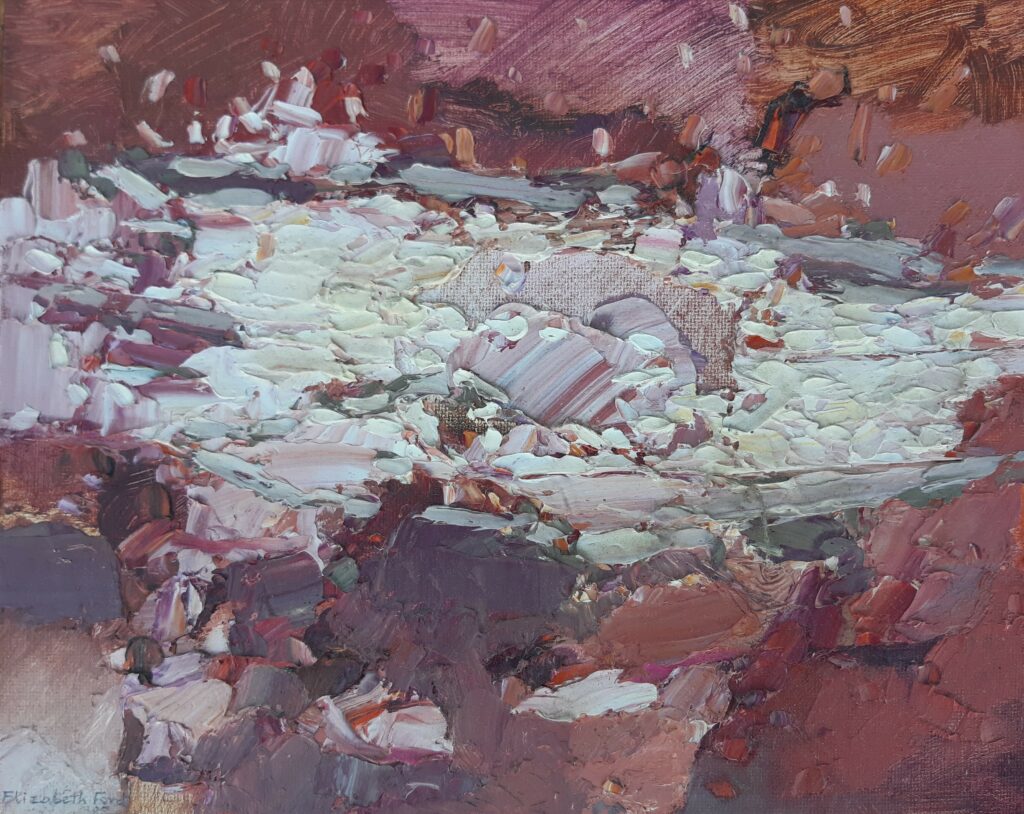
Elizabeth Ford, Rocks and everlastings 1985, Mount Magnet, oil.
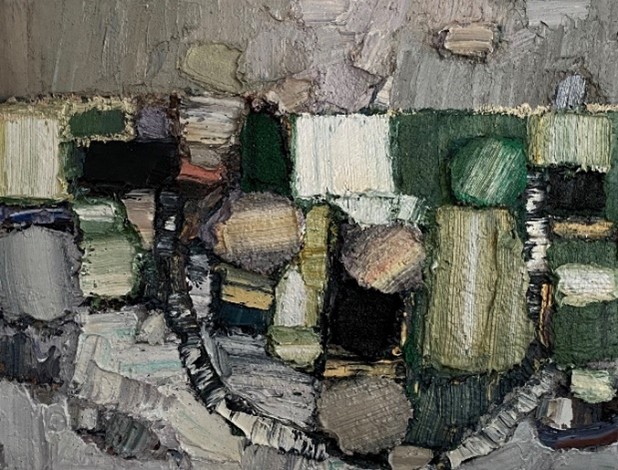
Elizabeth Forde, Murchison Spring n.d. oil.
Who was Dorothy Newland?
While painting was the sole focus of Elizabeth Ford’s life, indeed, her vocation, Dorothy Newland’s life was more diverse – which meant that her painting career was all the more prone to erasure from public memory. Newland was, after all, a New Zealand dairy farmer’s daughter, a wife and mother in Australia, an English teacher, an owner and manager of two boutiques, a remedial English teacher, an English As A Second Language Teacher and a representative of the Department of Education, all before focusing on painting.
She was also highly qualified: attaining a Trained Teachers Certificate in New Zealand in 1961, a Diploma of Teaching for primary from Churchlands Teachers College in 1976, a Bachelor of Education with majors in painting and ceramics in 1980, a Diploma in Education Studies, majoring in Teaching as a Second Language in 1985, a Teachers Higher Certificate in 1987, an Associate Diploma in Arts and a Bachelor of Arts (Visual Arts) with a major in painting at Edith Cowan University, which she graduated from in 1996.
Although Newland had dabbled in painting and ceramics since the 1970s, it was not until she was studying at Edith Cowan University twenty years later that she exhibited with other painters at Perth Galleries and Edith Cowan University in four exhibitions between 1994 and 1995. Her first solo exhibition was held in Maylands, Perth, in 1999. After that, her paintings were exhibited widely in Western Australia and were included in the collections of Mandurah City Council, Edith Cowan University, and Central Bore Nickel in Perth.
After exhibiting in Mandurah in 2008, Newland moved to Mandurah with her husband. In 2011, she joined the newly-formed INQB8 which was later renamed CASM (Contemporary Art Spaces Mandurah). She held two periods of Artist-in-Residence from June to July 2012 and from July 2013 to August 2014, painting for her exhibitions From the Studio to the Sea and Halcyon Days.[7] In 2013, she won the Rotary Club of Pinjarra Art Award despite the fact that the painting she had submitted was abstract in an exhibition of largely traditional realistic paintings of Australian scenery.
From 1994 to her death in 2018, Newland contributed regularly to group exhibitions in Perth, Fremantle, Margaret River, and Geraldton, Western Australia. In all, she mounted six solo exhibitions. Her final contribution was to the shared exhibition, 360 Degrees, held at the Gallows in Mosman Park, Perth.[8]
Influenced by Elizabeth Ford’s teachings, Newland used mixed media, drawing on materials such as plaster, art compound and wax to build up the canvas and give a sense of three dimensionality. Sometimes, she included leaves and other items. As she developed her style, she experimented with thick layers and blocks of paint on the canvas. In her last exhibition, she painted a series of small canvases where the paint was applied as thickly as icing on a cake.
As well as texture, Newland explored the qualities of light and colour[9], which were particularly apparent in numerous paintings of water. Her subject matter ranged widely, however, from industrial scenery to Japanese stones, from jars and tables to flowers and pears, from light on water to the great salt lakes in central Australia. It included but was not confined to traditional themes in women’s art: domestic utensils were used as subjects in some of her paintings but abstract paintings of scenery showed the extent of her travel and her influences.
Travelling widely with her husband, she drew inspiration from many painters first-hand.[10] She built up a Pinterest page which is a library of paintings that she loved and was influenced by and which is (at the time of writing) still online.[11] These influences are quite clear in some of her paintings. In just three examples, Newland painted light on water reminiscent of Monet, crockery that recalls William Scott, and flowers in pots that evoke Nicolas de Stael.
However, Newland had no position teaching at a university, nor sought one. She had no students to carry on with her work. Local institutions such as CASM supported her but have little space for memorialisation after her death. Nor is there myth around her work or, for that matter, Elizabeth Ford’s before her. Much to my chagrin, it has only been my efforts that have attempted to keep the light on for her painting.
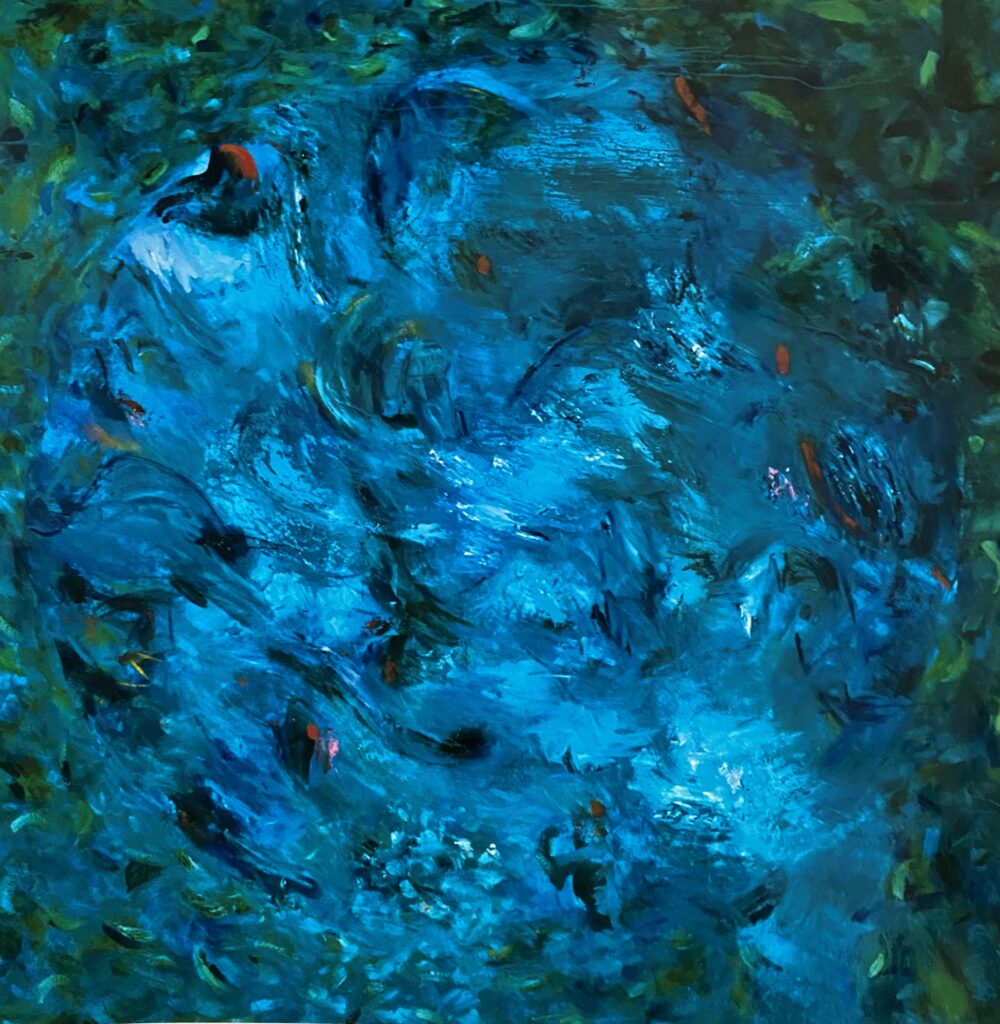
Dorothy Newland, Seabed Kaleidoscope 1995, Oil on canvas.
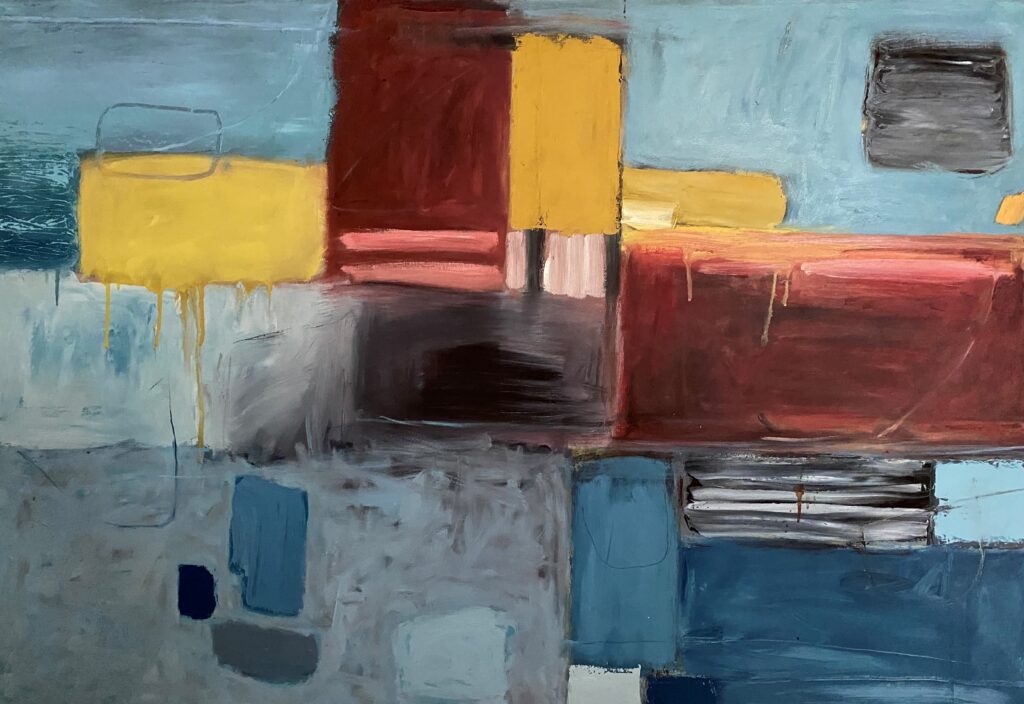
Dorothy Newland, Lemon Tree Passage 2003, oil on canvas.
Documenting Women Painters
Painting had been the sole focus of Elizabeth Ford’s life. It had been her vocation. She was accepted as a professional painter in the institutional setting of tertiary education and her works were collected by state institutions as well as by private collections. She also had annual classes of students – perhaps not as fervent as disciples, but a classical way of continuing the memory of one’s work. Yet, the 2000s radically changed the way of reproducing information and remembering its talent. On the internet, Elizabeth Ford is nowhere to be seen.
Within a month of my mother’s death, I realised that her electronic footprint was minimal too – an obituary, a Facebook page and a Pinterest page, a few short newspaper articles and notices about exhibitions. My mother’s memory as a serious artist, which had not been in doubt while she was alive, was hardly to be seen; but these small forays on to the internet meant that, small though my mother’s footprint was, even she had a greater presence than Elizabeth Ford.
Wikipedia pages I created for both women were deleted – it appears by American men whose expertise was not in art. By some accident of process, they became the arbiters of public memory despite the fact that Wikipedia advertises itself as a ‘living’ encyclopedia, where allegedly anyone can enter information incompletely for someone else to finish. There was no chance of this happening for these two women. My entries for them lasted no more than a couple of weeks.
Hence the importance of initiatives to reclaim women artists’ place in history, and of young women painters themselves. My advice to them is this. You need institutions, disciples, myths, and an ongoing electronic presence. (Add your obscurantist philosophy if you must). Create lists of your influences on-line. Include all the women you can think of. Don’t let the world forget about them. Develop networks with other women painters. Leave your marks everywhere. Eventually, if there are enough of you doing this, you will change the bedrock of thinking in the world.
[1] Erikson, Dorothy 2000 Art and Design in Western Australia: Perth Technical College 1900 – 2000 Perth: Central Metropolitan College of TAFE: 81.
[2] Hook, Richard 1979 ‘The Perth Scene’ Art and Australia 16/4: 324-5. Art Gallery of WA website, https://artgallery.wa.gov.au/about
[3] Germaine, Max 1990 Artists and Galleries of Australia Roseville East: Craftsman House: 150. Mason, Murray (ed) Renes, Patricia, photographer 1979 Contemporary Western Australian Painters and Printmakers Fremantle: Fremantle Arts Press. Erikson, Dorothy 2000 Art and Design in Western Australia: Perth Technical College 1900 – 2000 Perth: Central Metropolitan College of TAFE: 81. Elizabeth Ford – Australian Painter www.artists-worldwide.net. Retrieved 15/03/2020.
[4] Jackson, Janice 1987 ‘Elizabeth Ford’s Language of the Image’ Fremantle Arts Review 2/8: 13.
[5] Green, Jean Drysdale 1993 Arteffects, Watson-Guptill Publications: 153.
[6] Green, Jean Drysdale 1993 Arteffects Watson-Guptill Publications: 153.
[7] Mandurah Mail 27/08/2014 ‘Mandurah Artist Back by Popular Demand’ https://www.mandurahmail.com.au/story/2516724/mandurah-artist-back-by-popular-demand
[8] Burgess, Jill 20/06/2018 ‘Mandurah artists hold 360 Degrees group exhibition in Mosman Park’ Mandurah Coastal Times https://www.communitynews.com.au/mandurah-coastal-times/lifestyle/mandurah-artists-hold-360-degrees-group-exhibition-in-mosman-park
[9] Burgess, Jill 2/04/2008 ‘Newland’s art an expression of her life’ The Times: 77.
[10] Calautti, Lisa 12/06/2007 ‘Journeys into Art’ Stirling Times: 19.
[11] Newland, Dorothy, n.d. Pinterest https://www.pinterest.com.au/dorothynewland/

